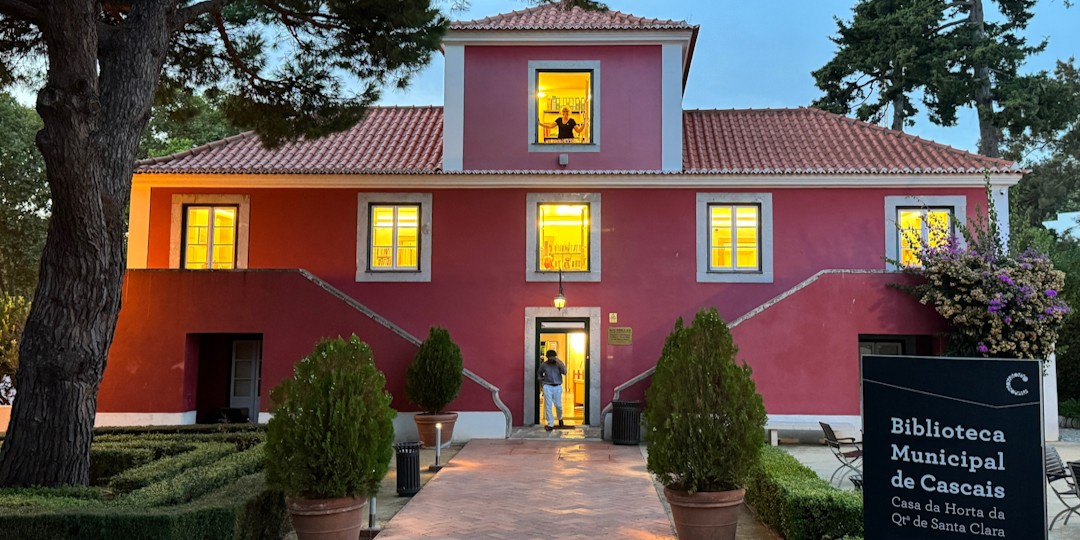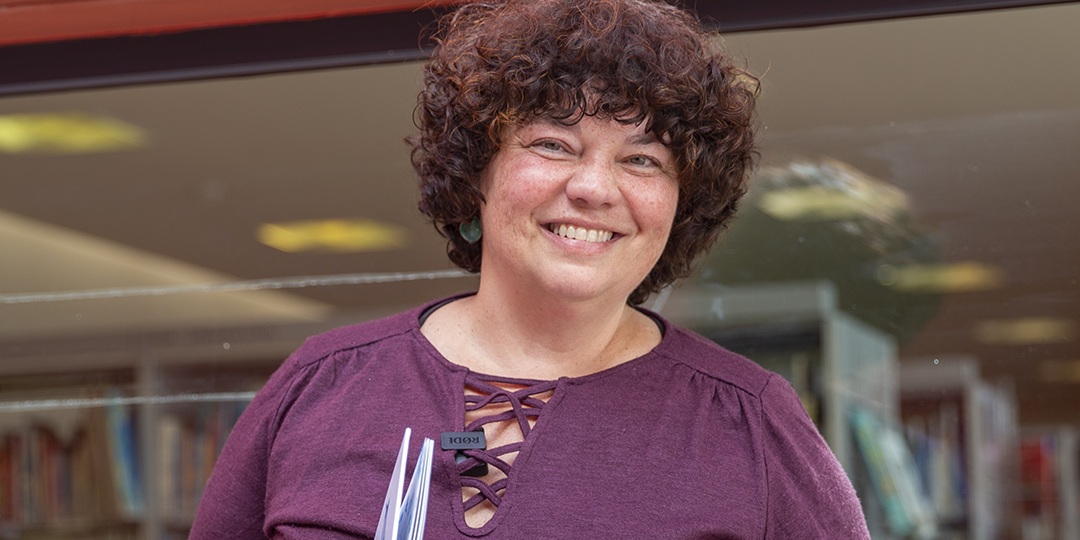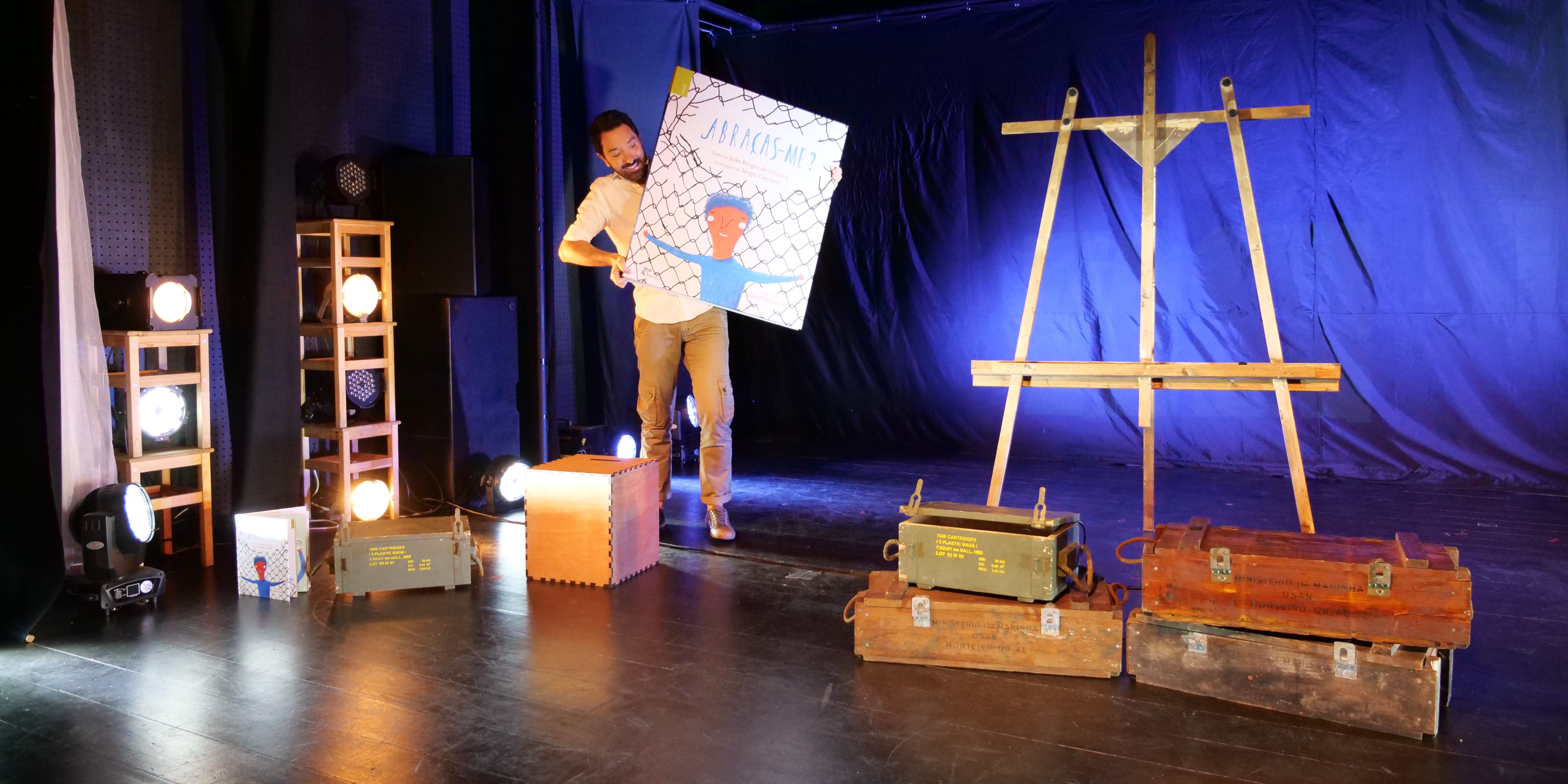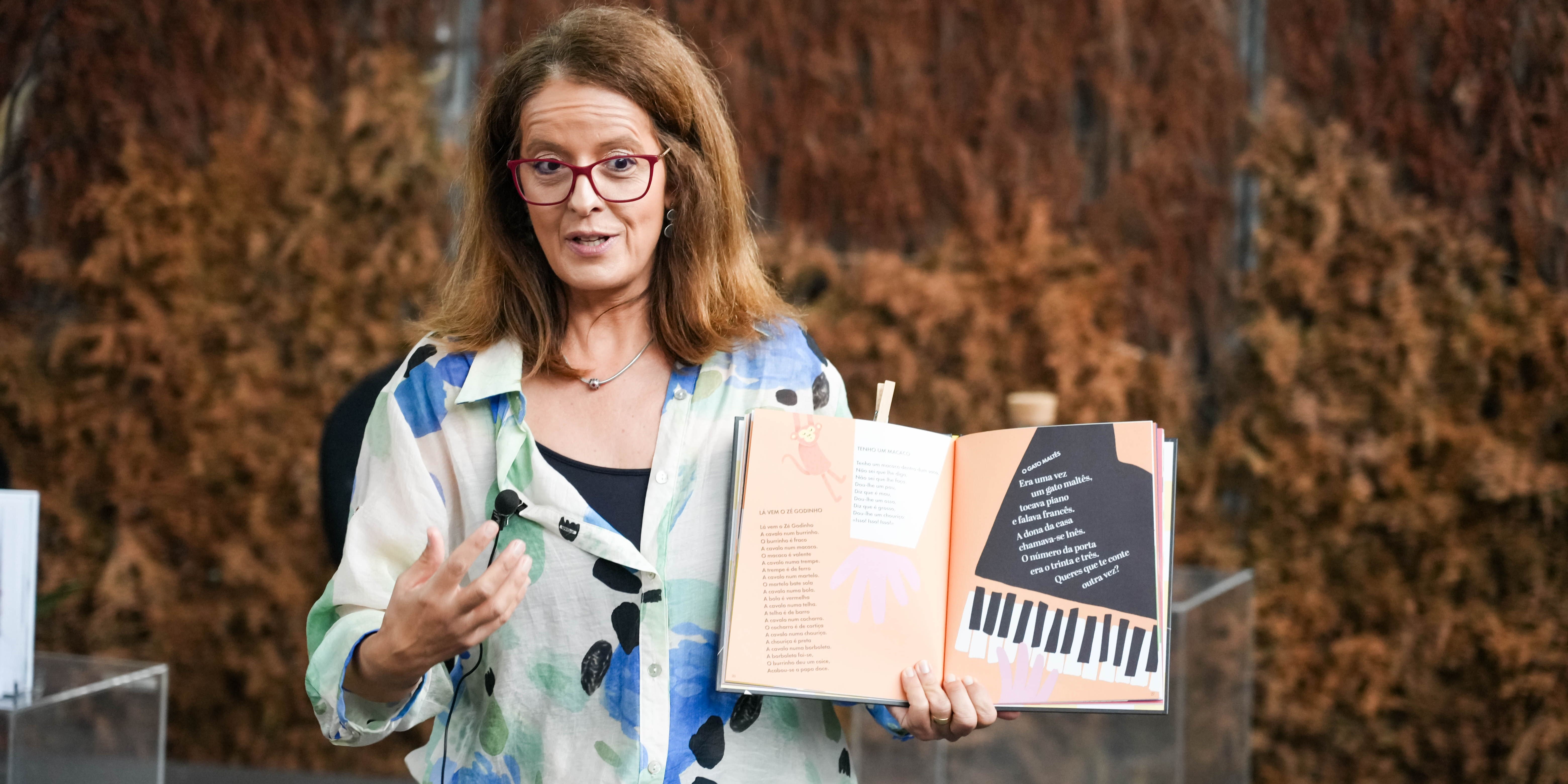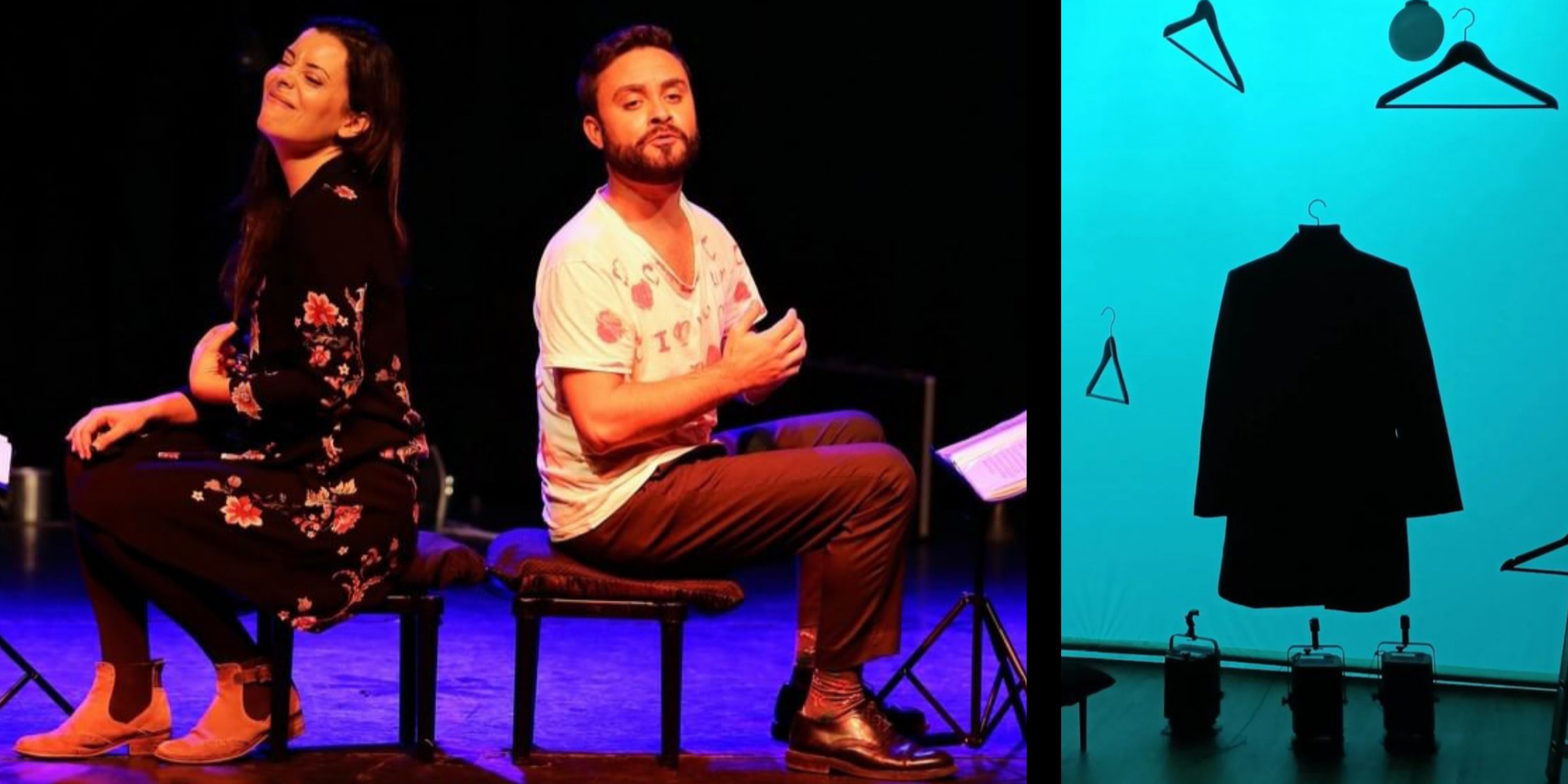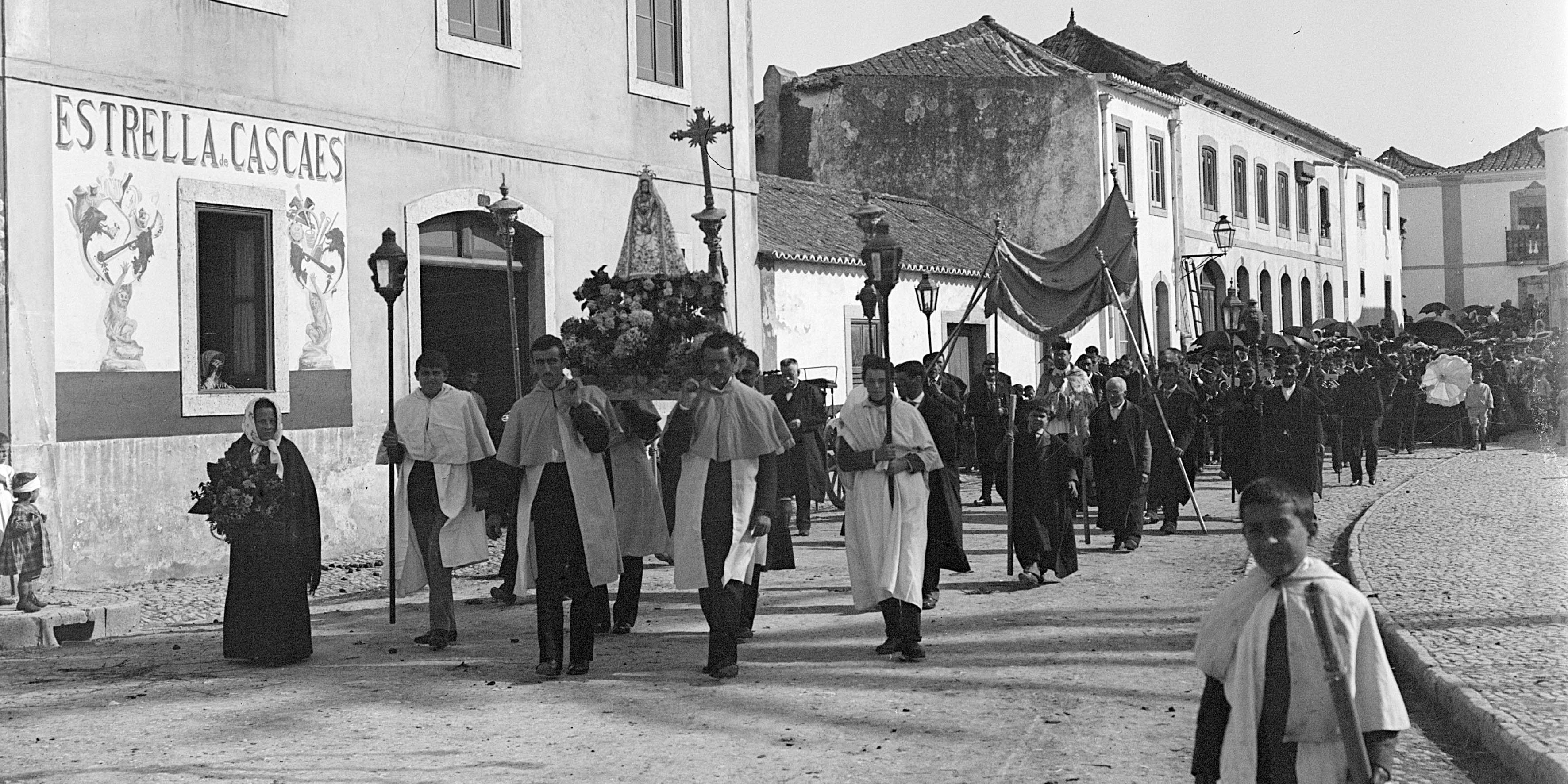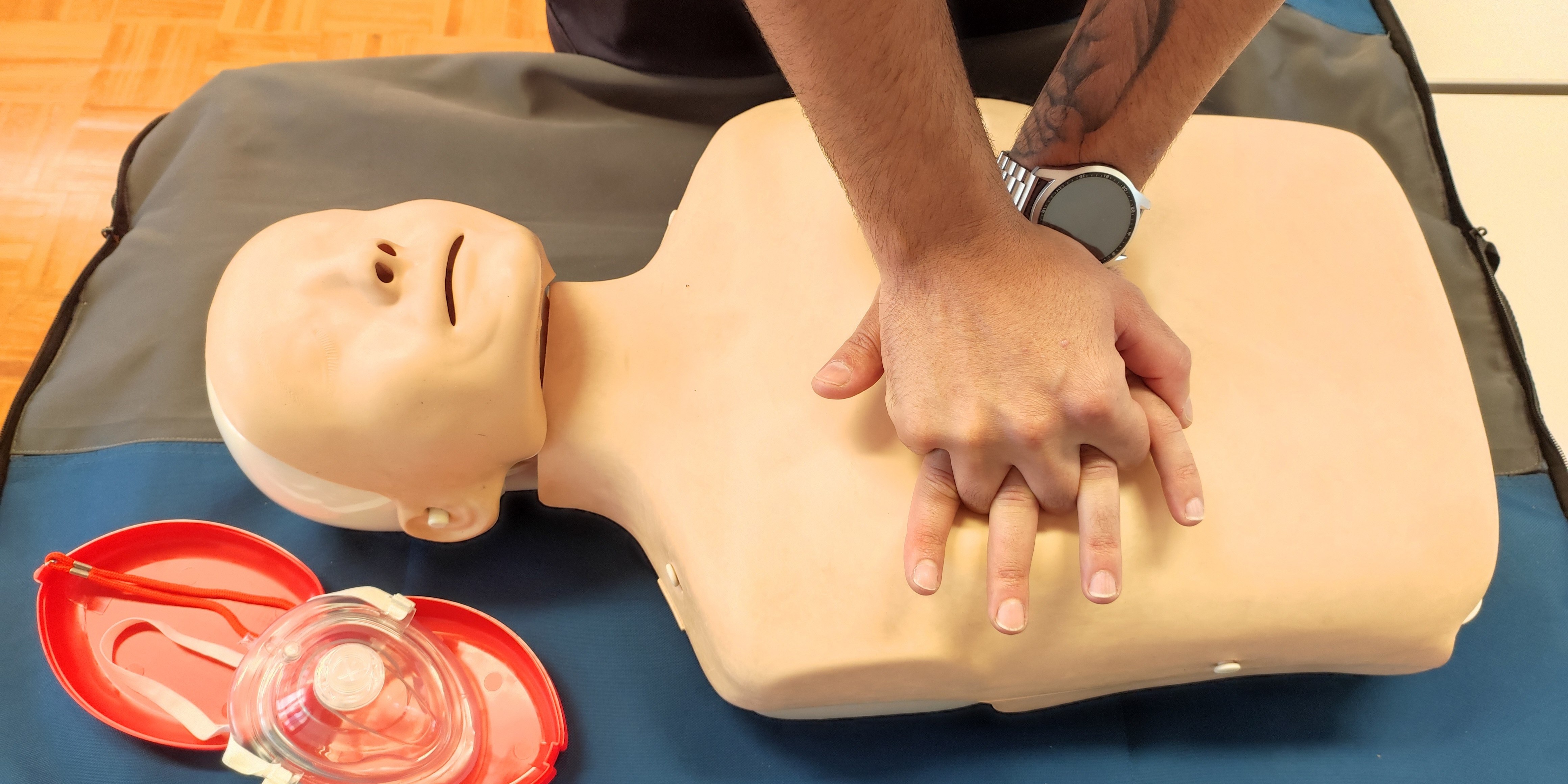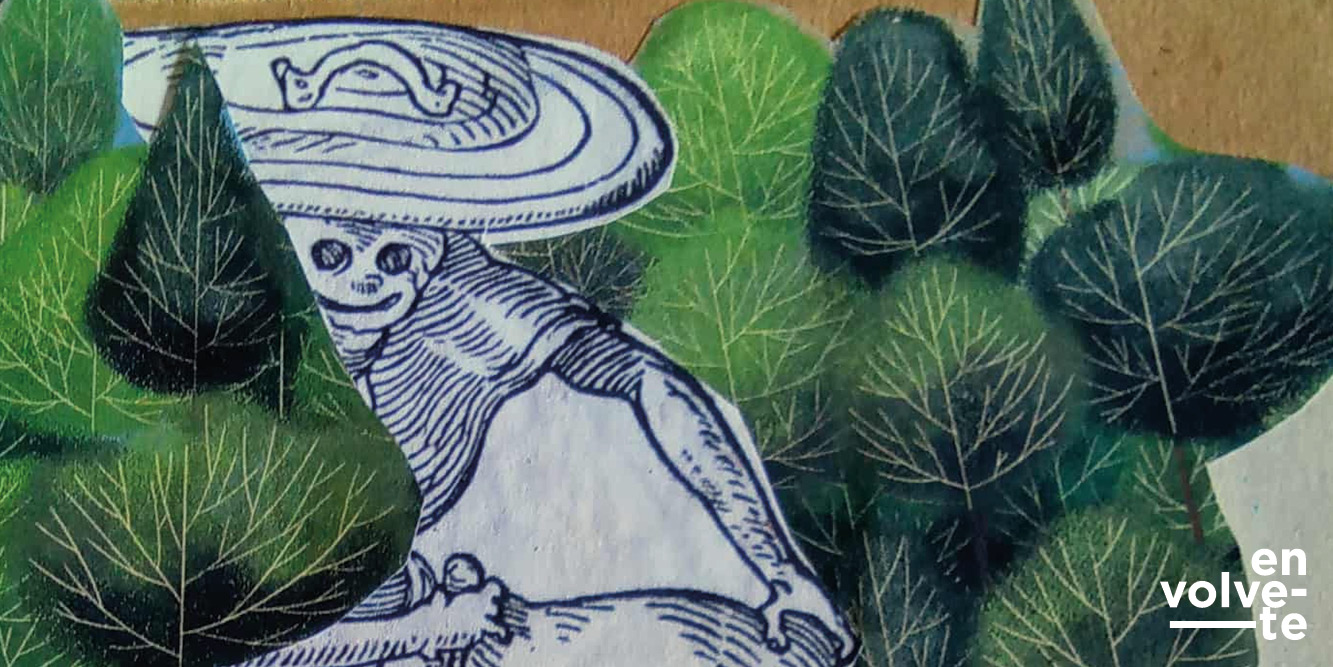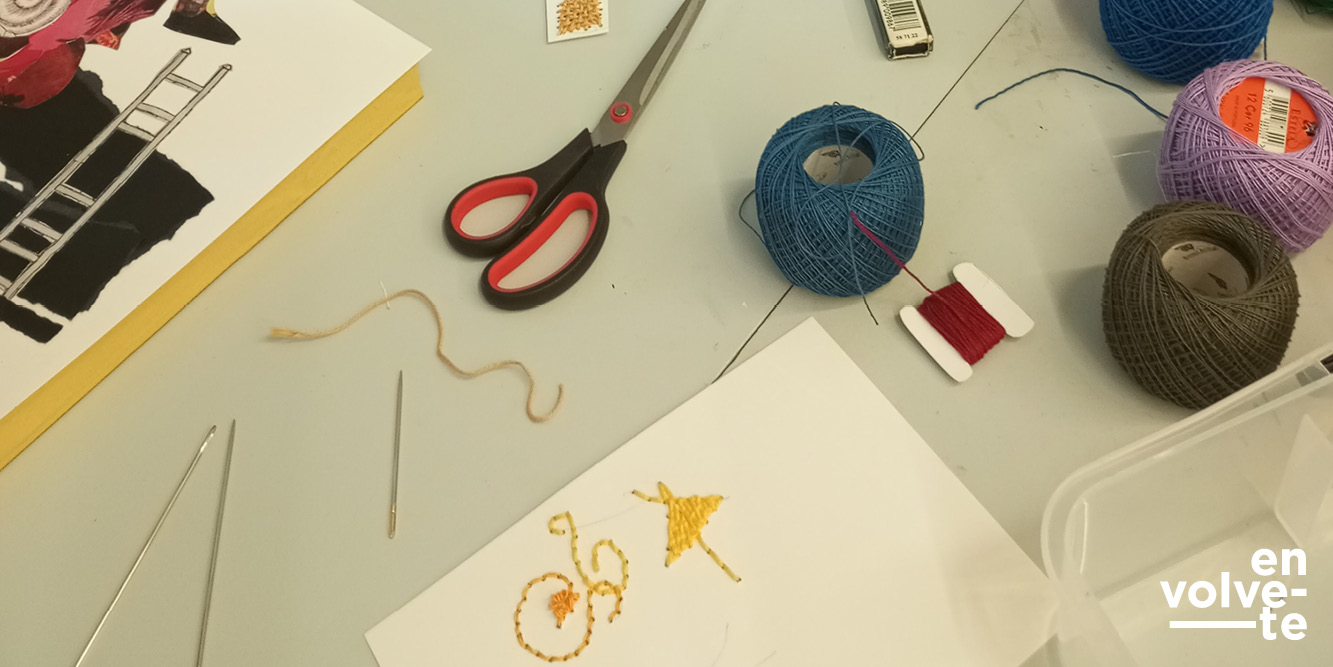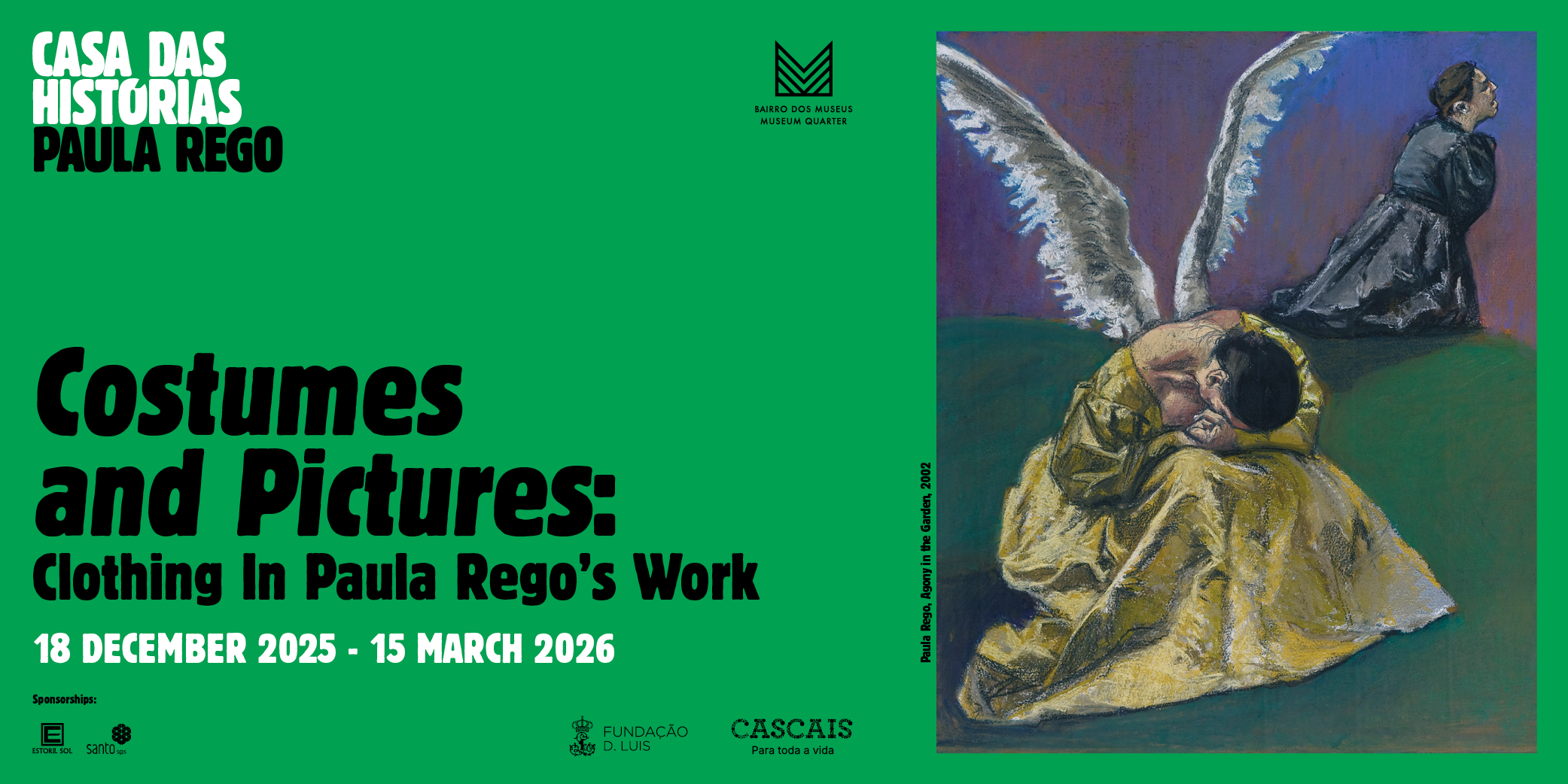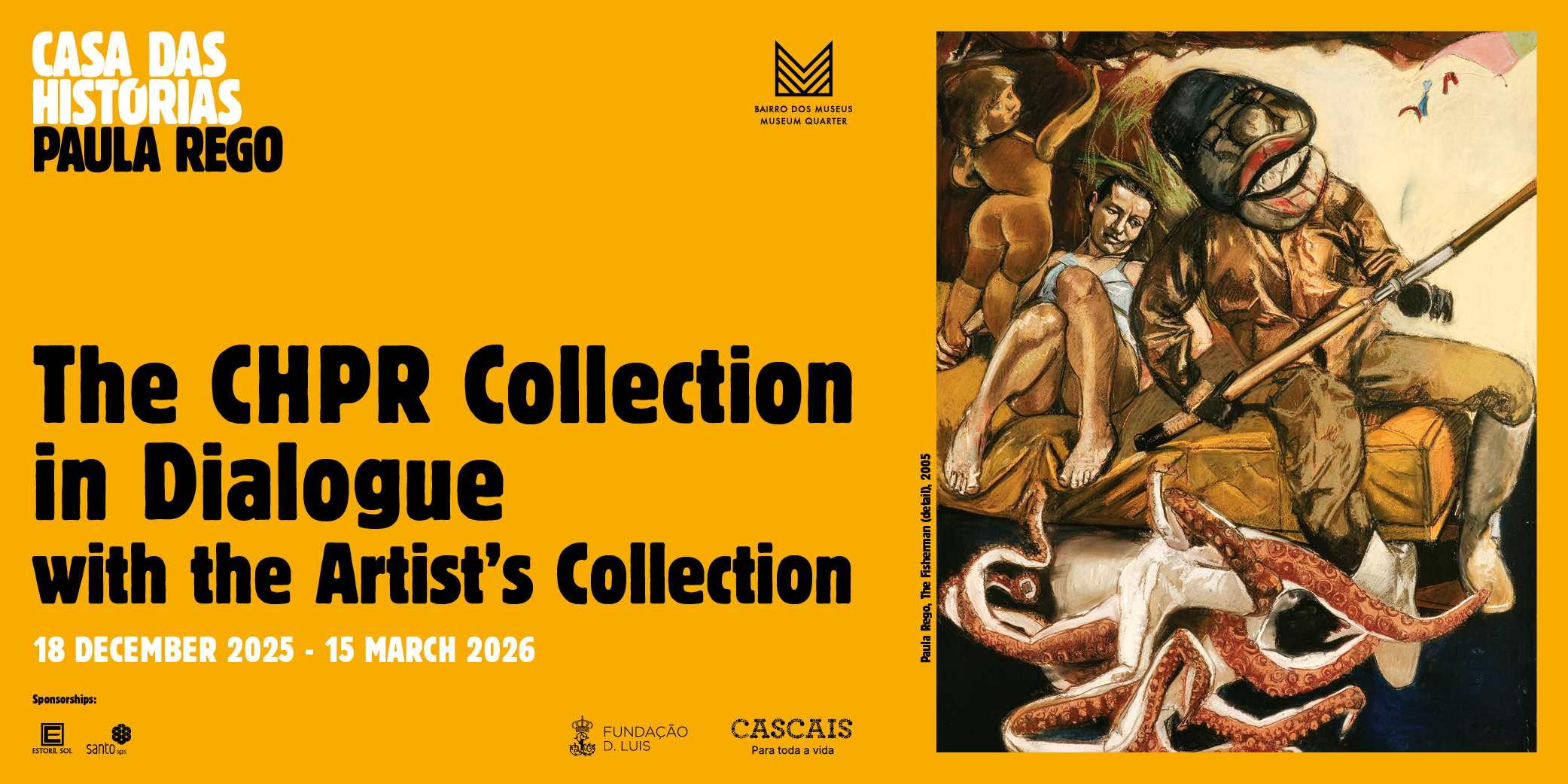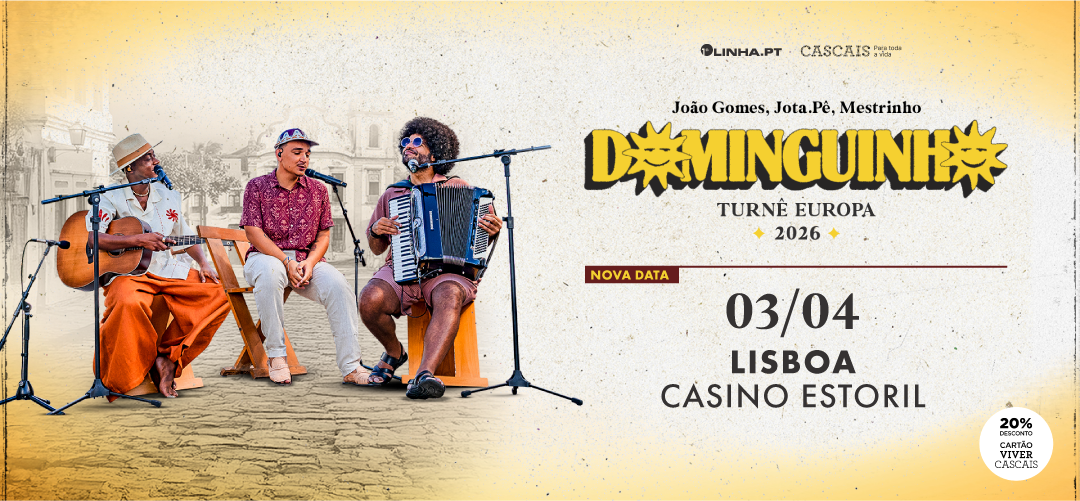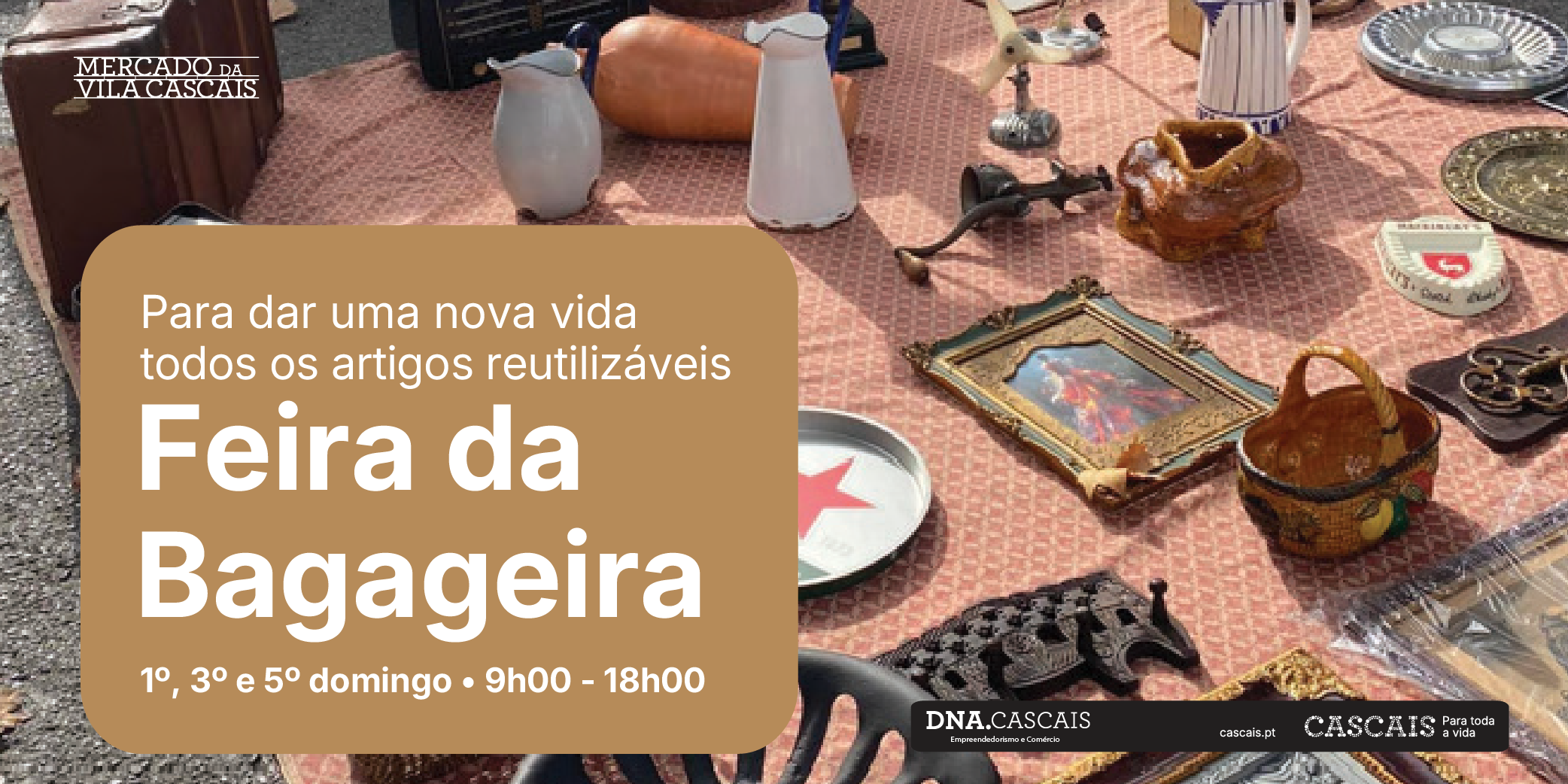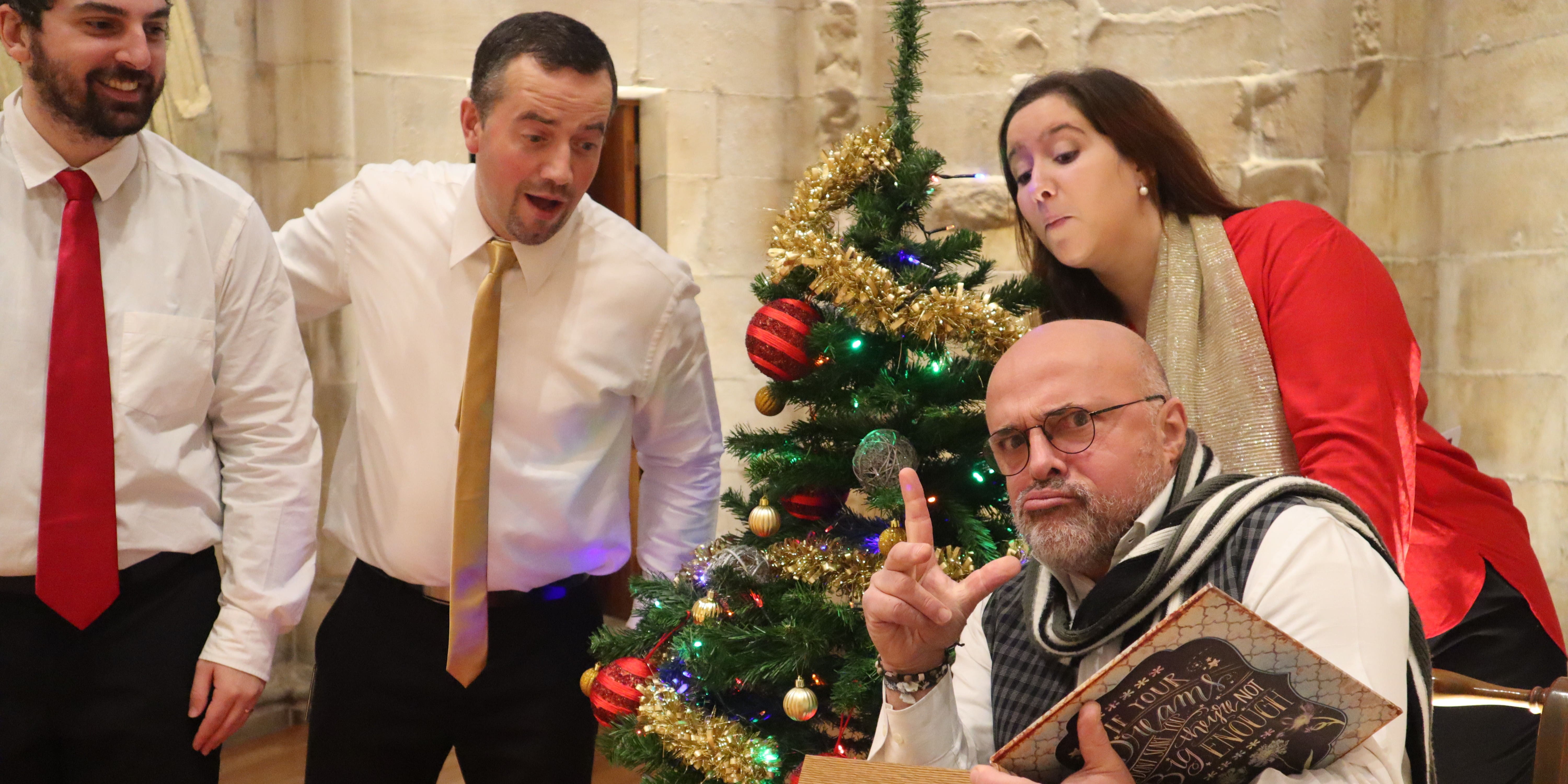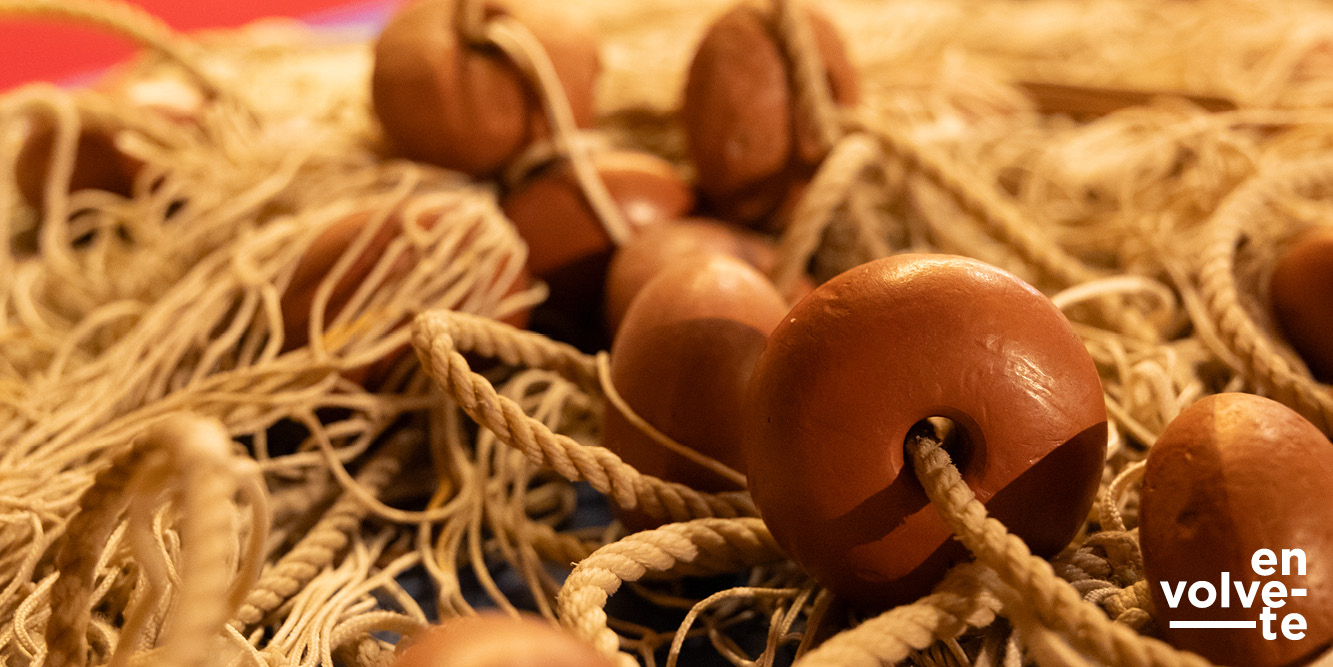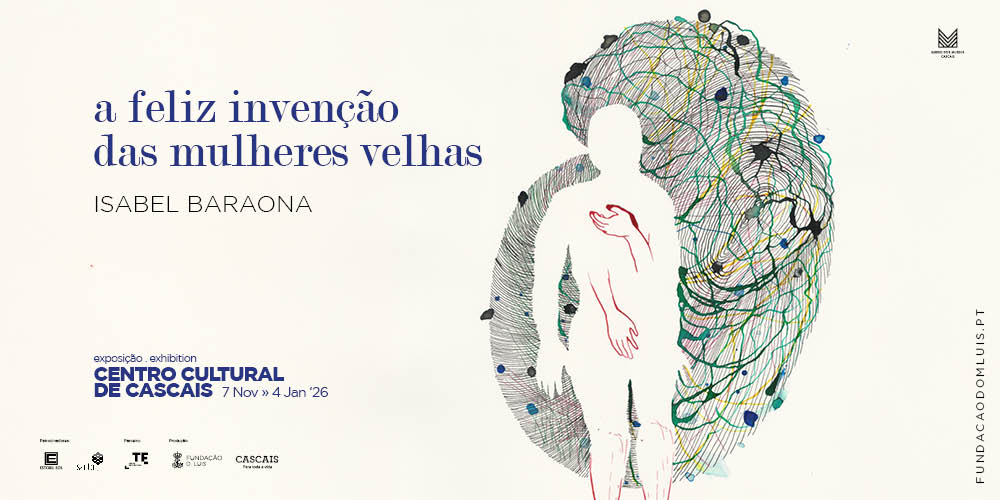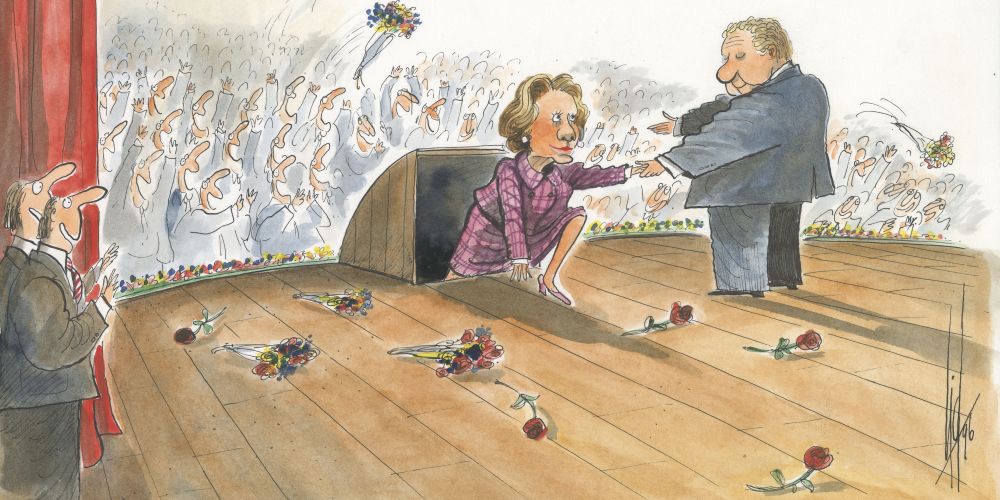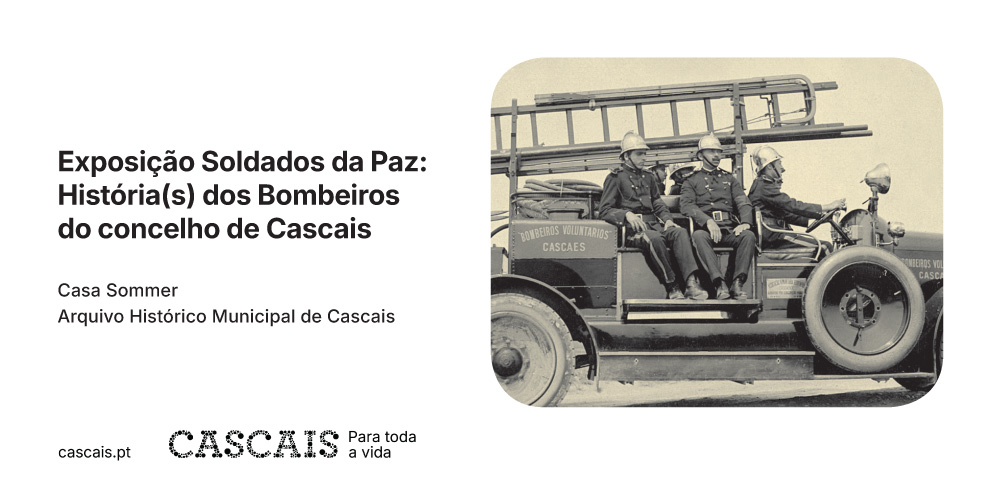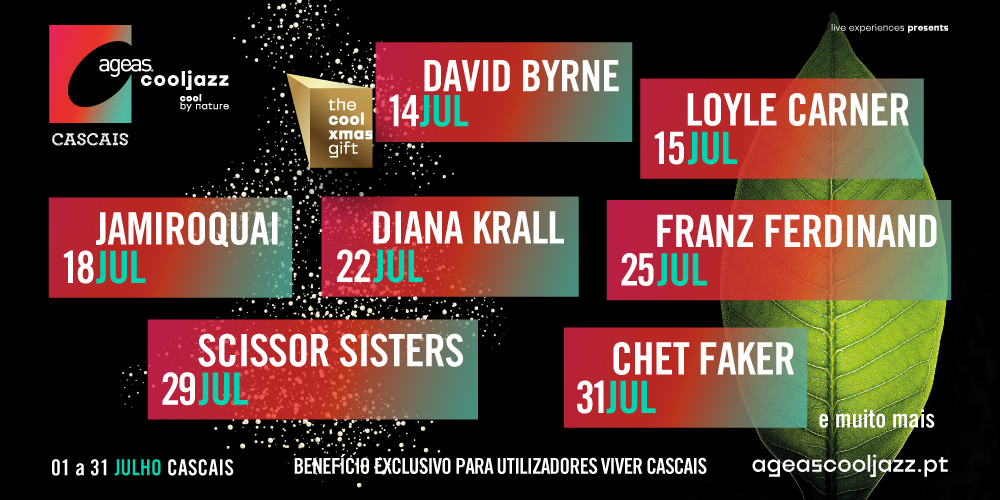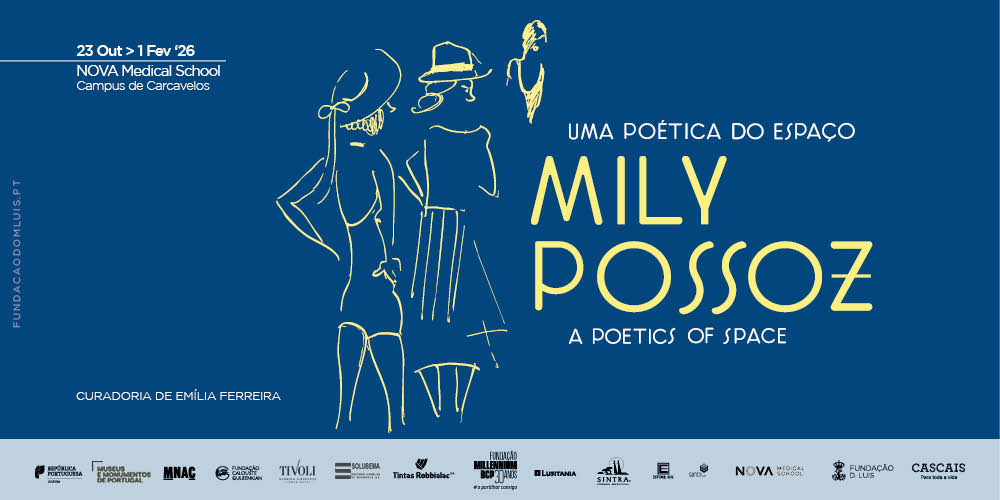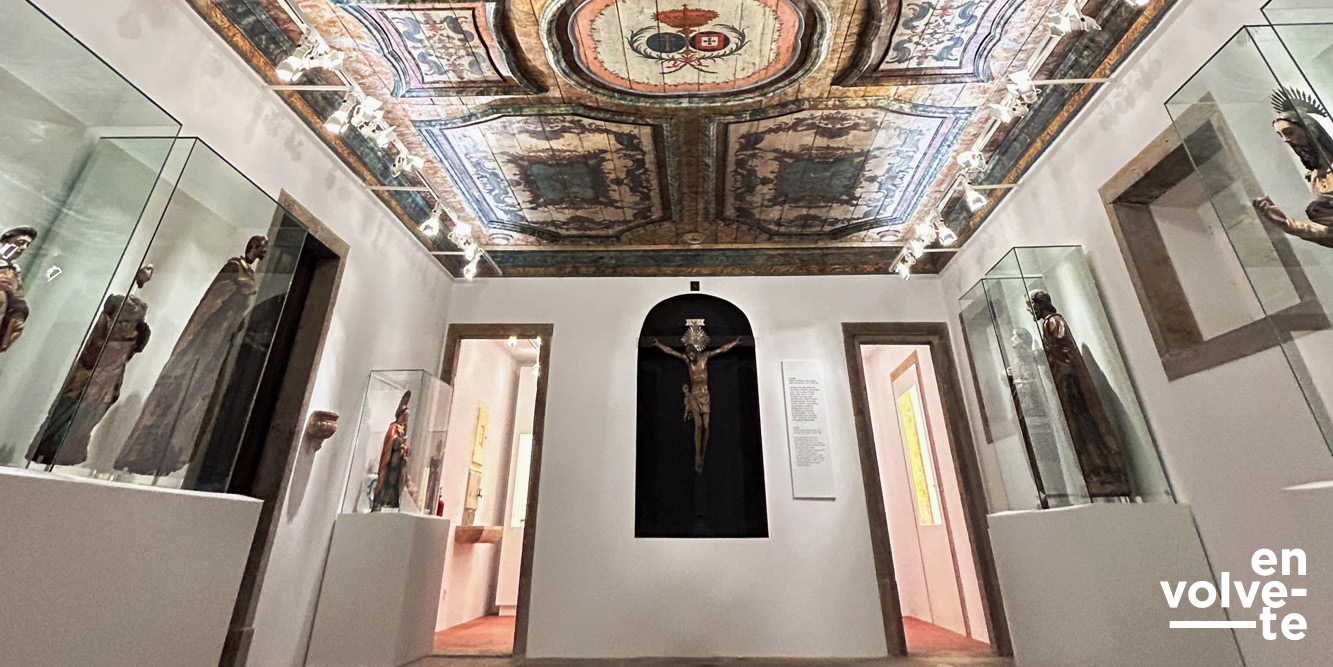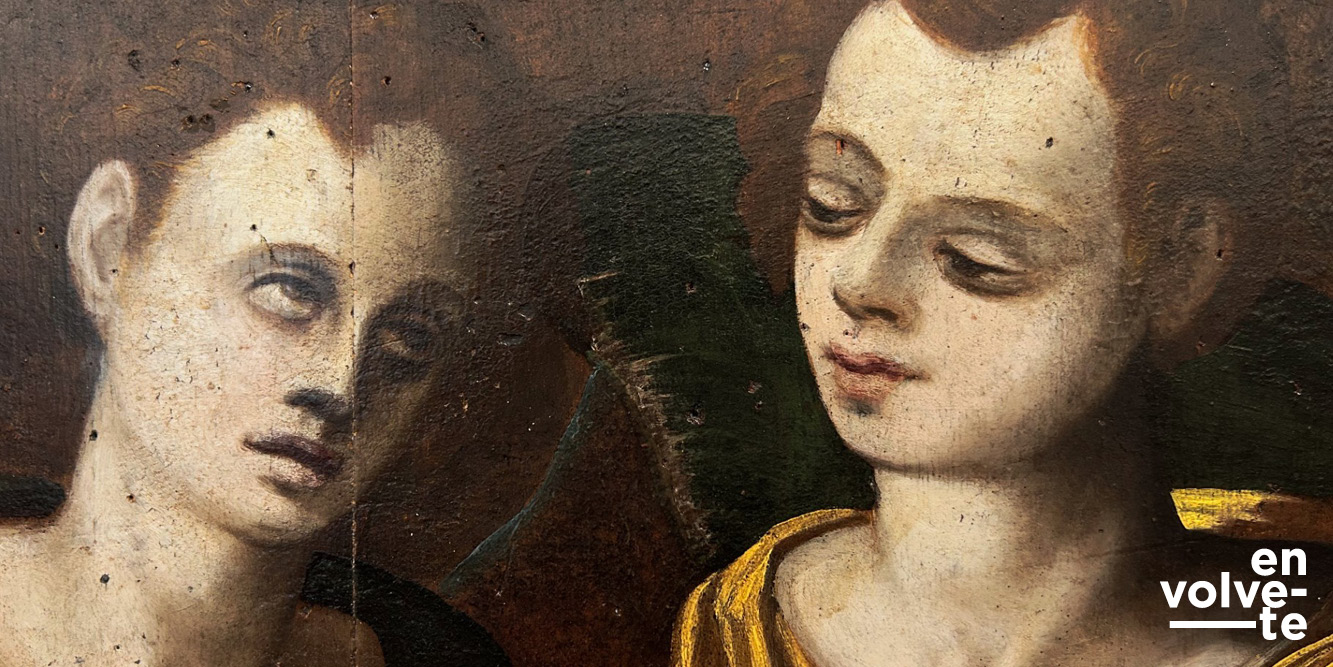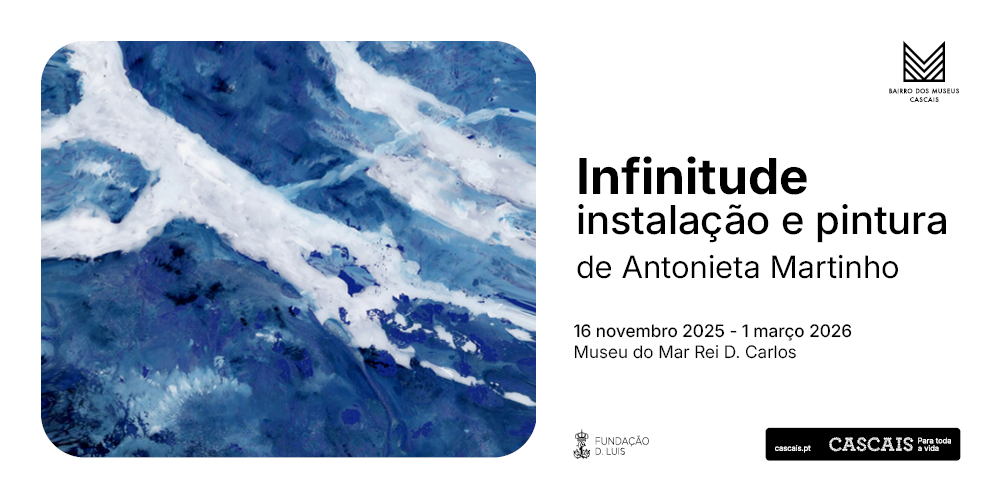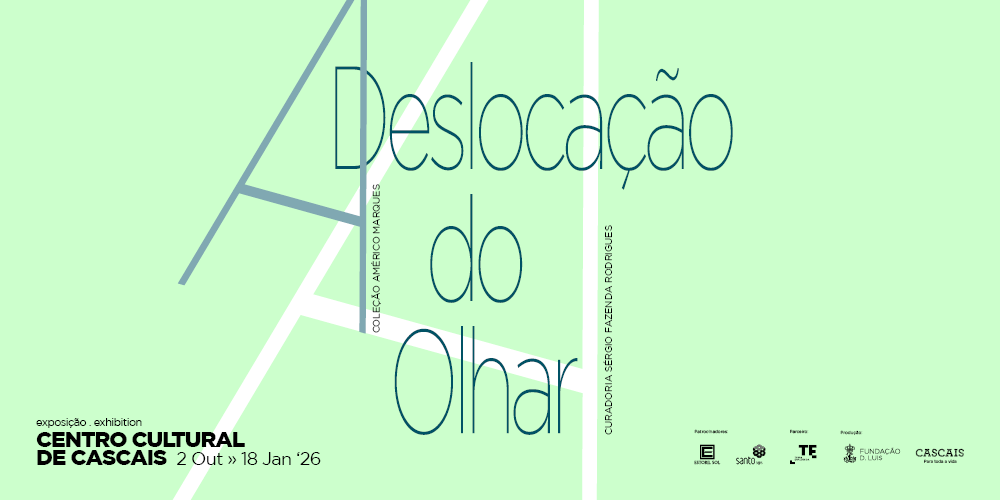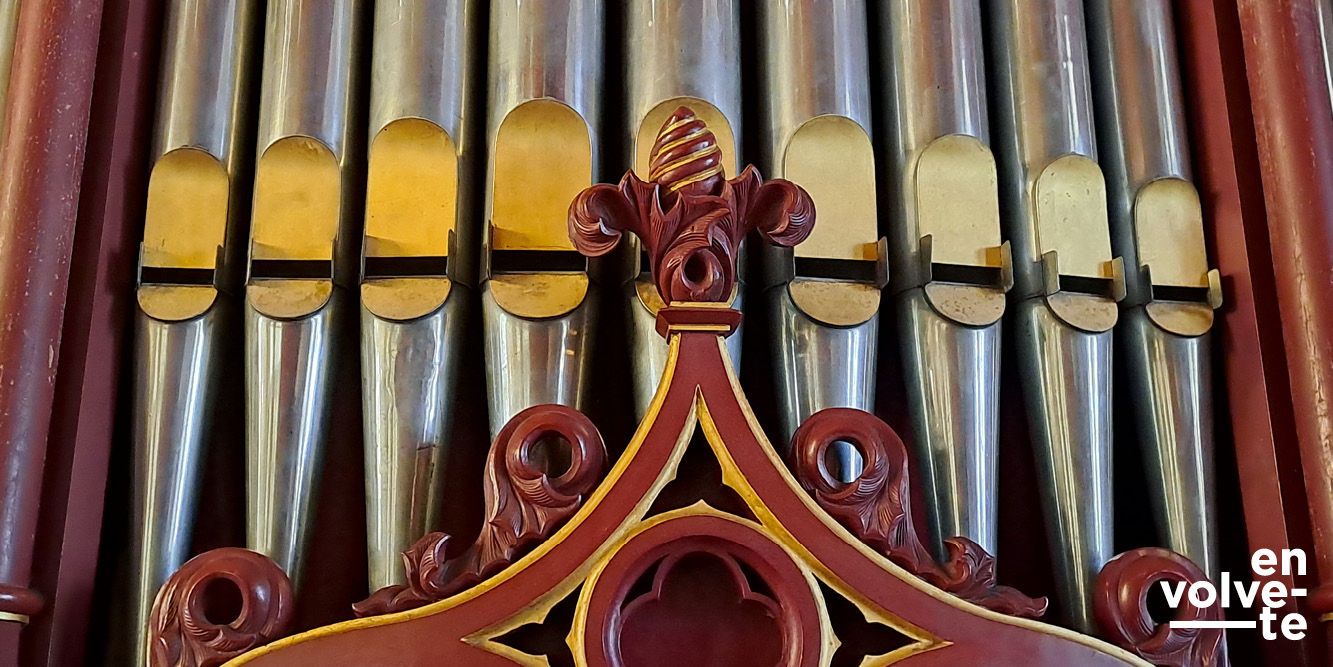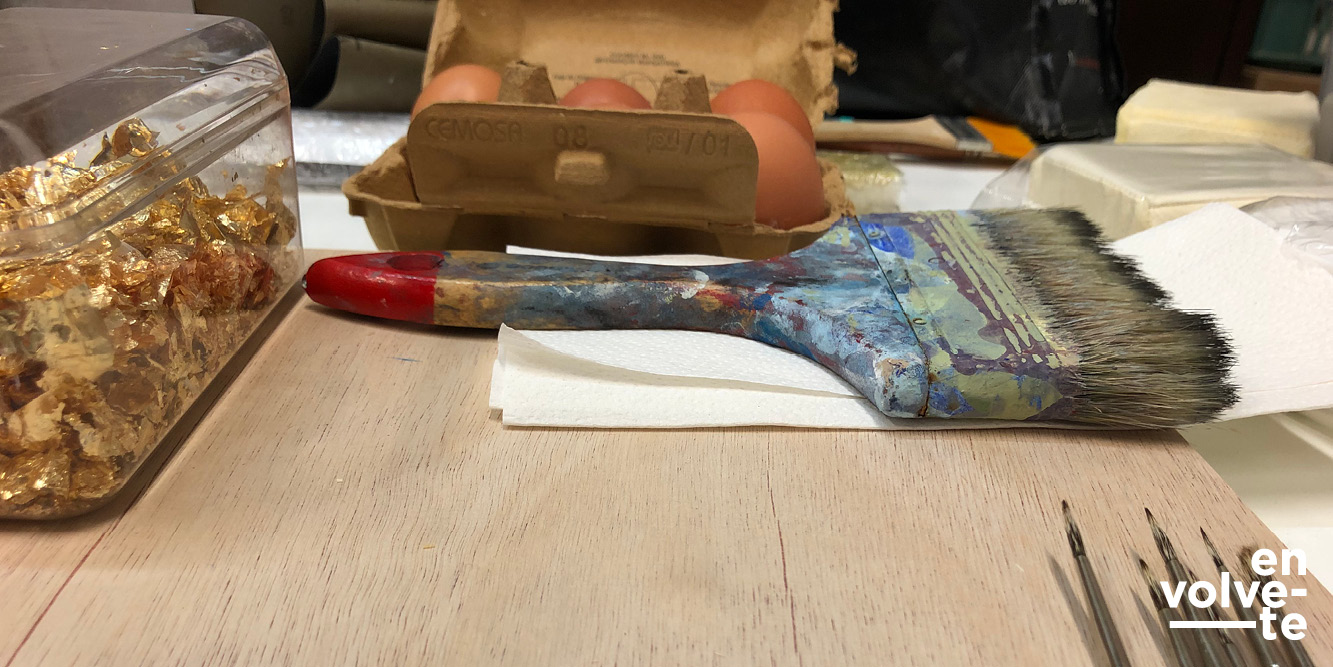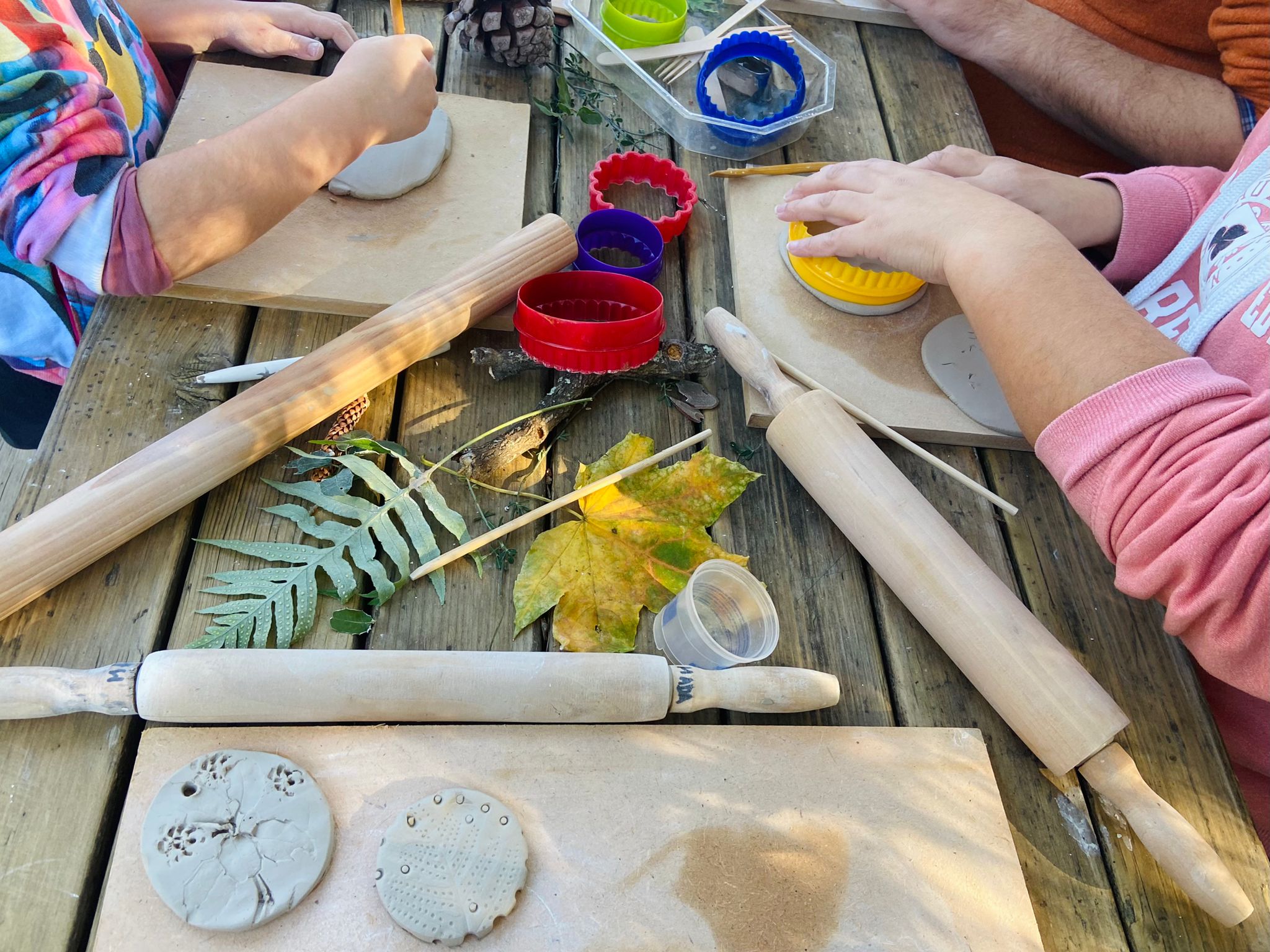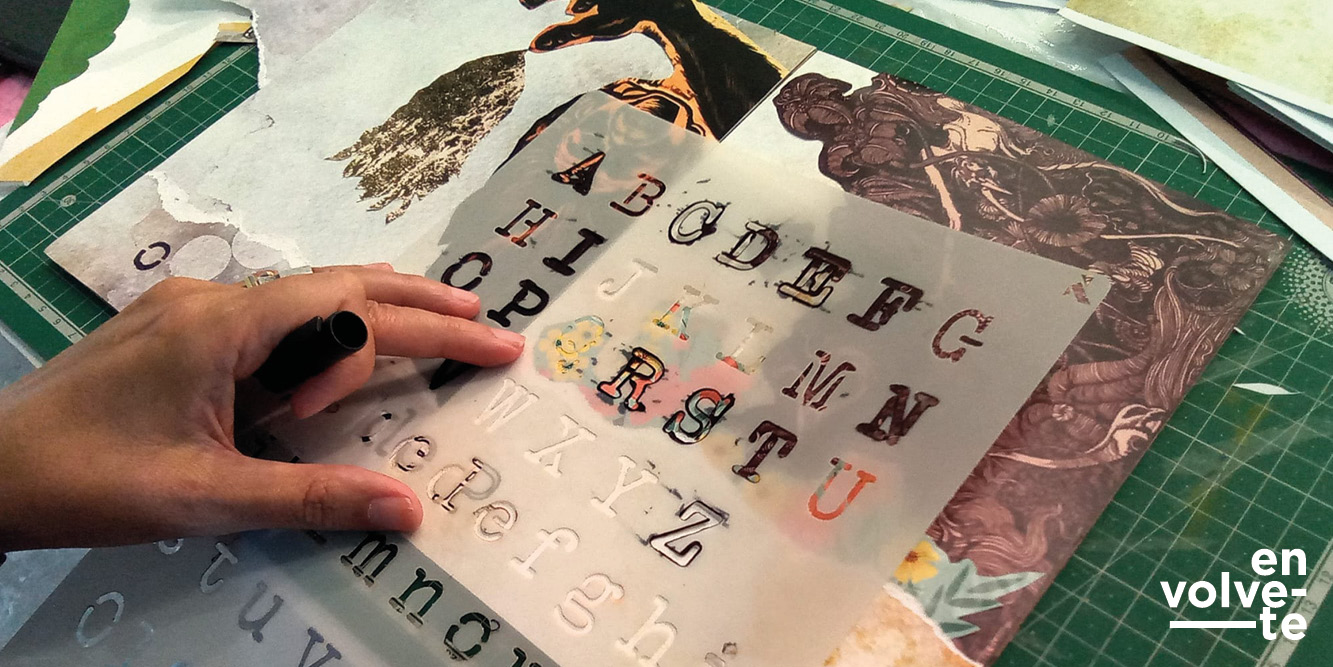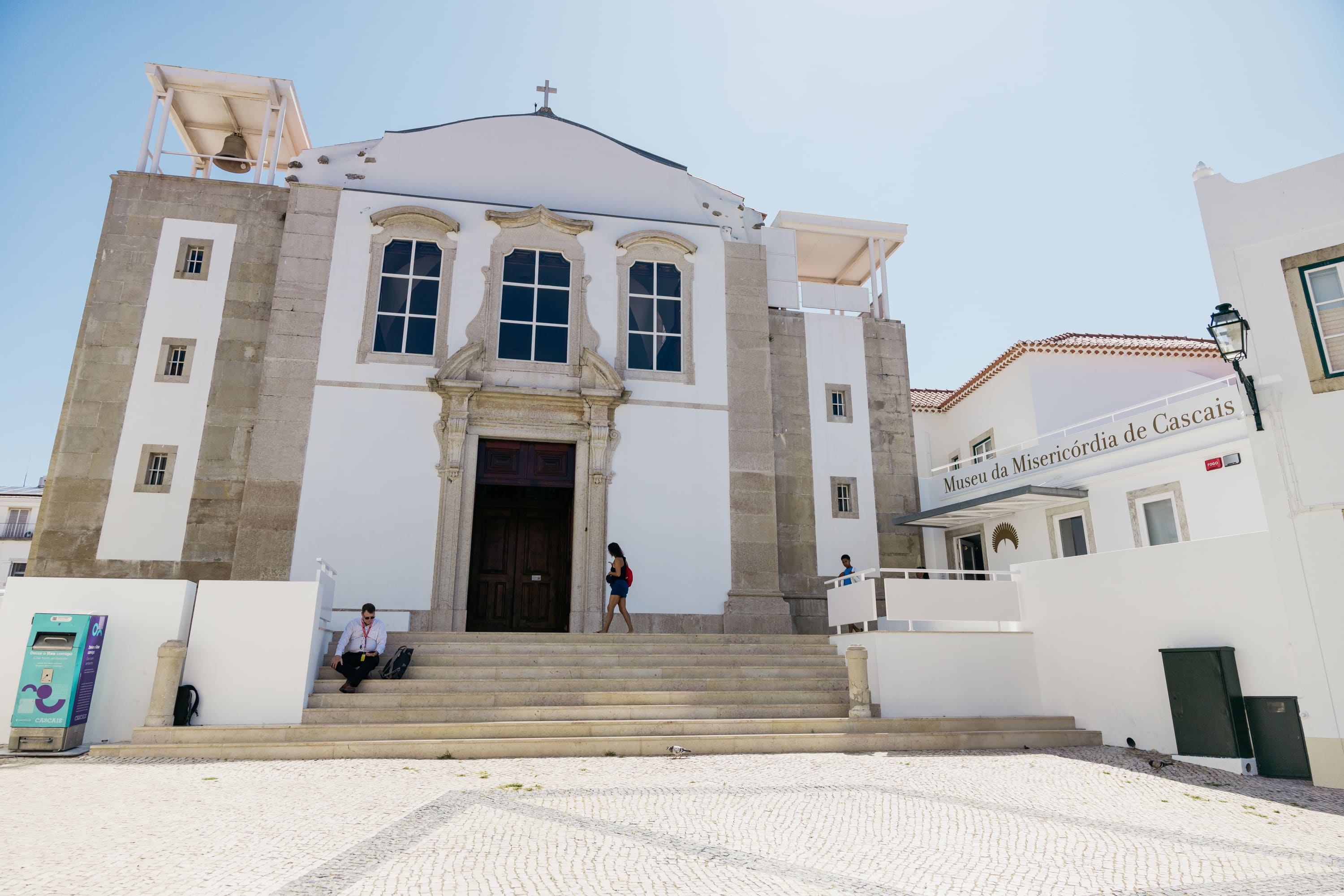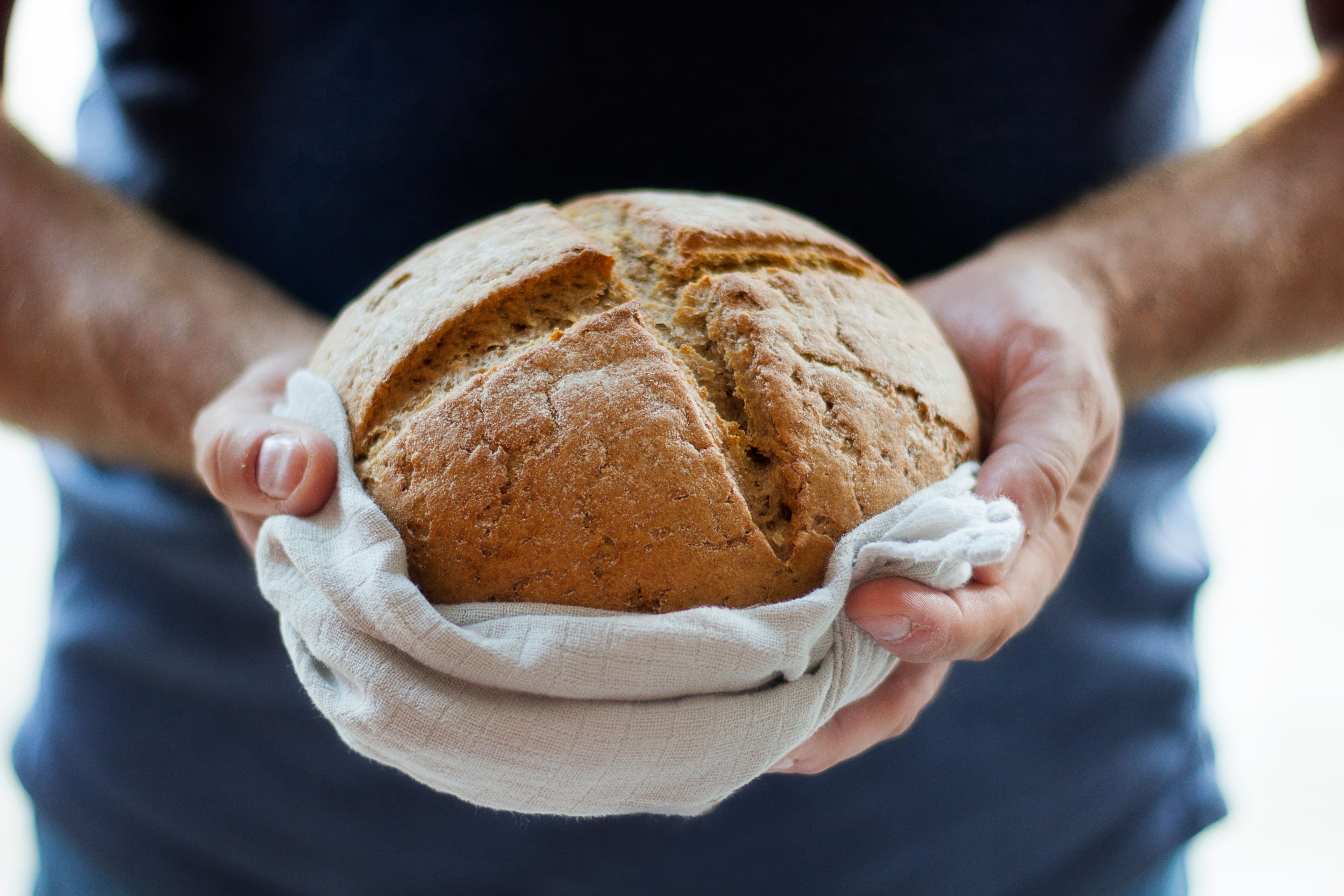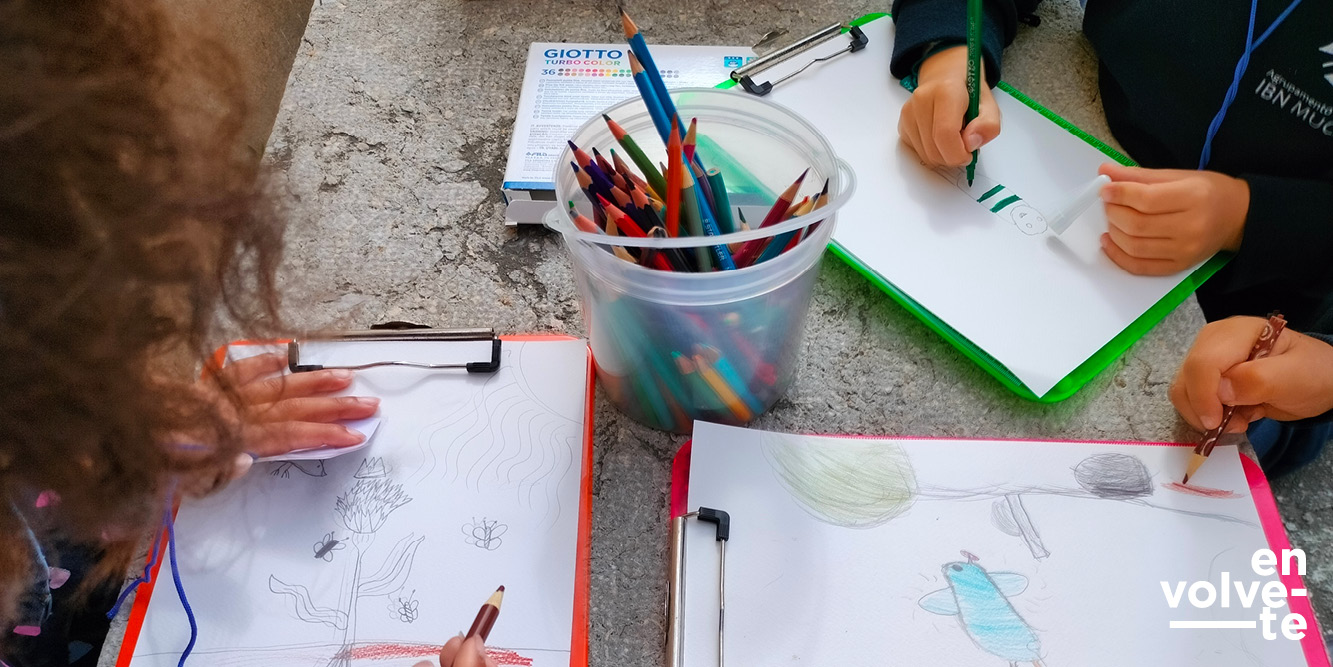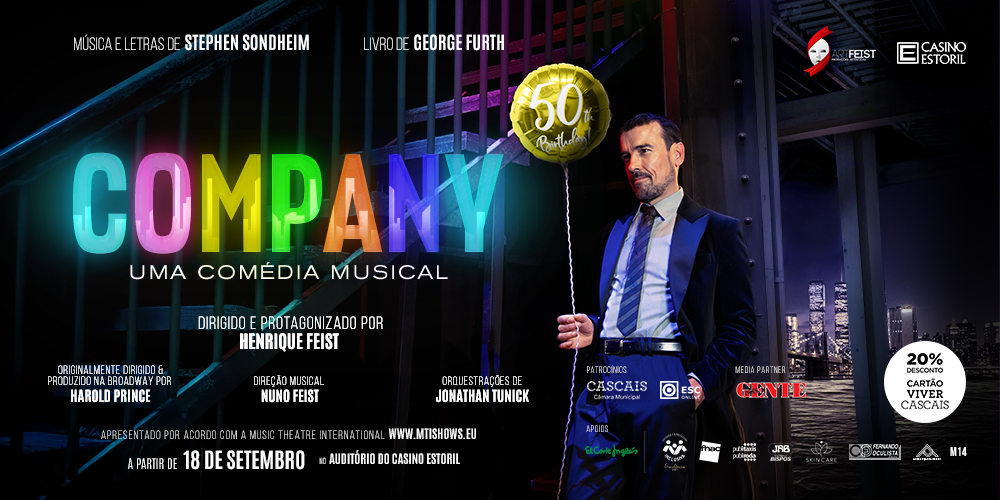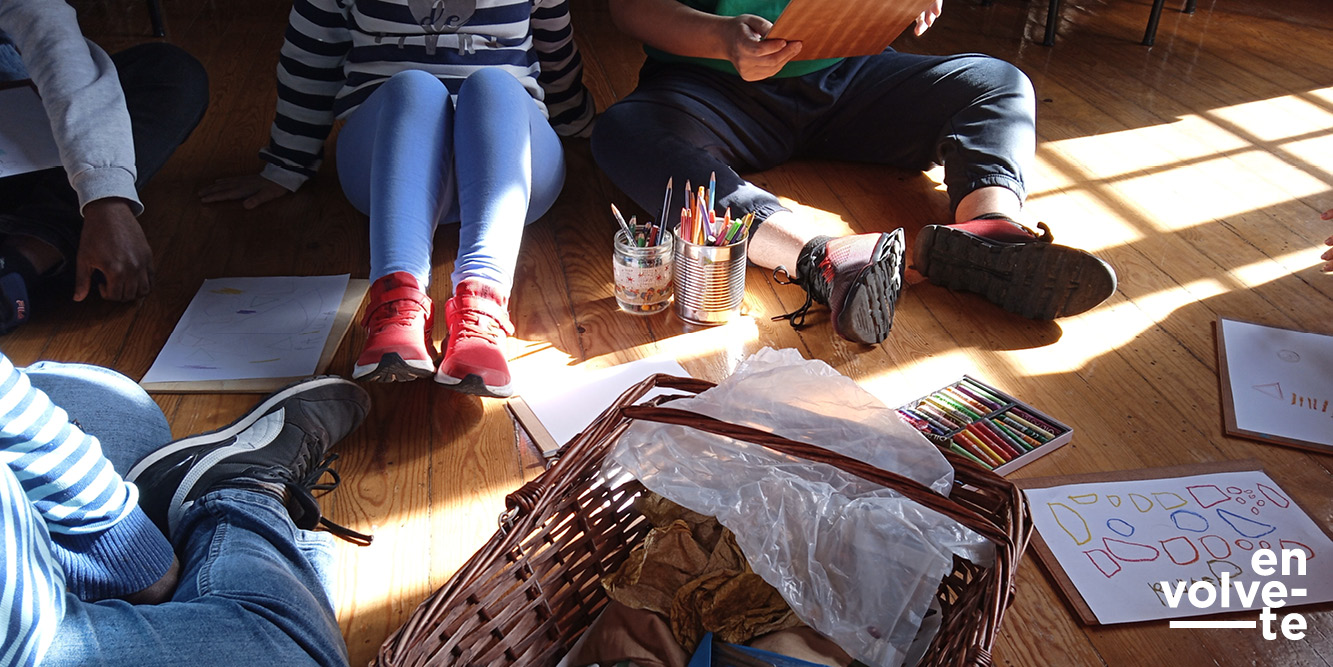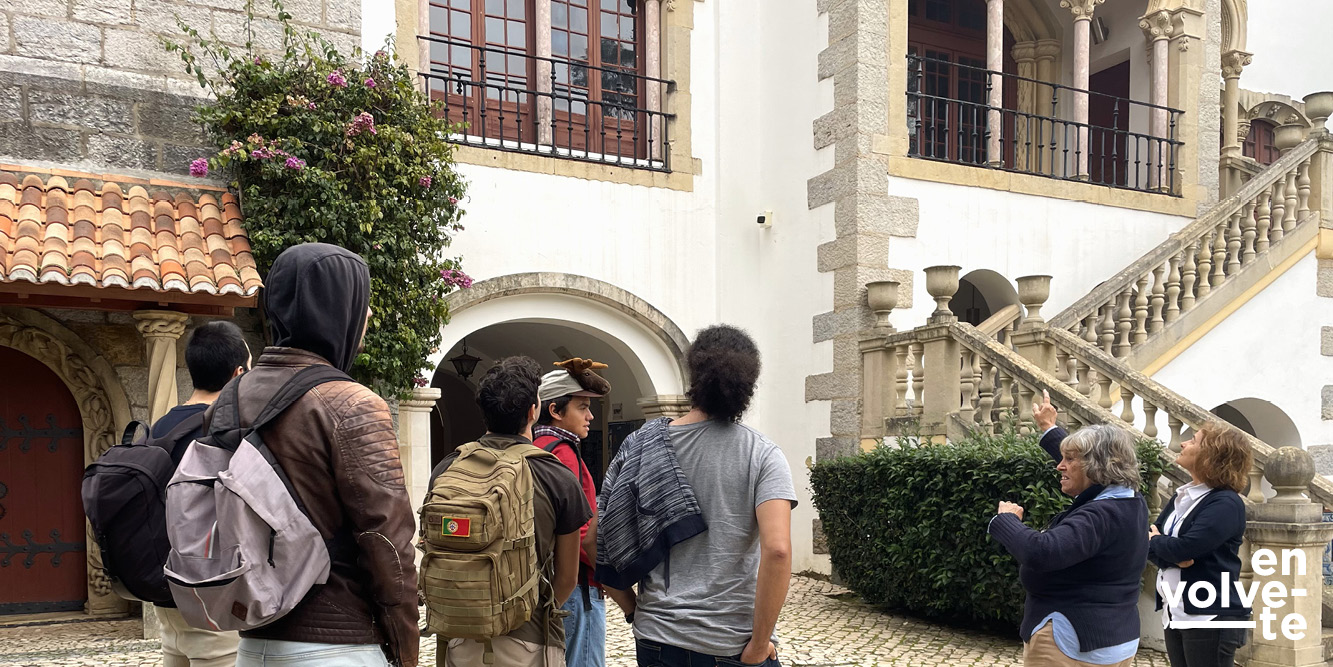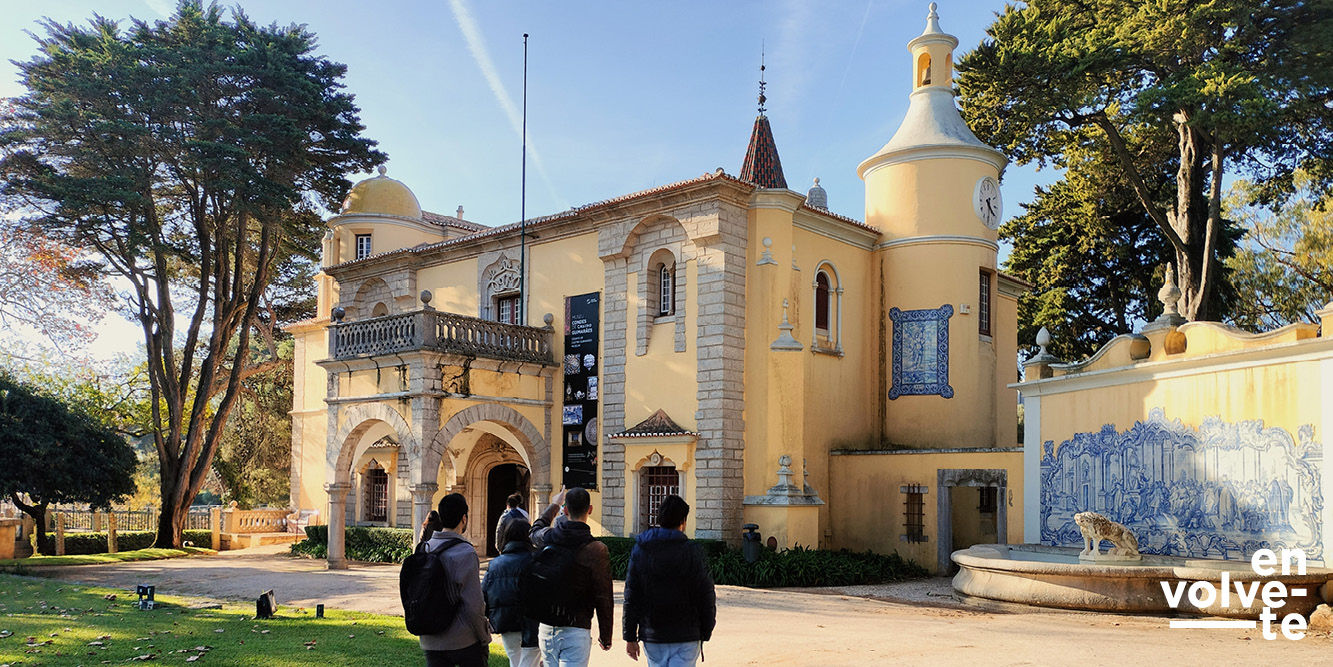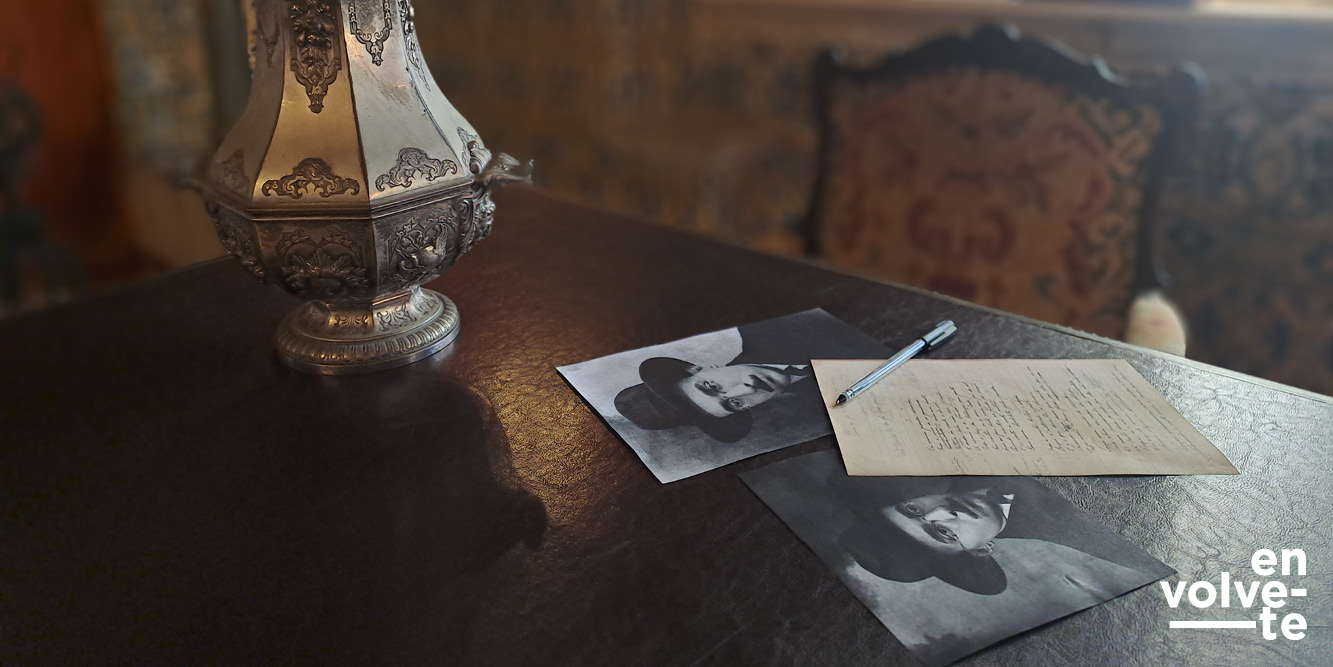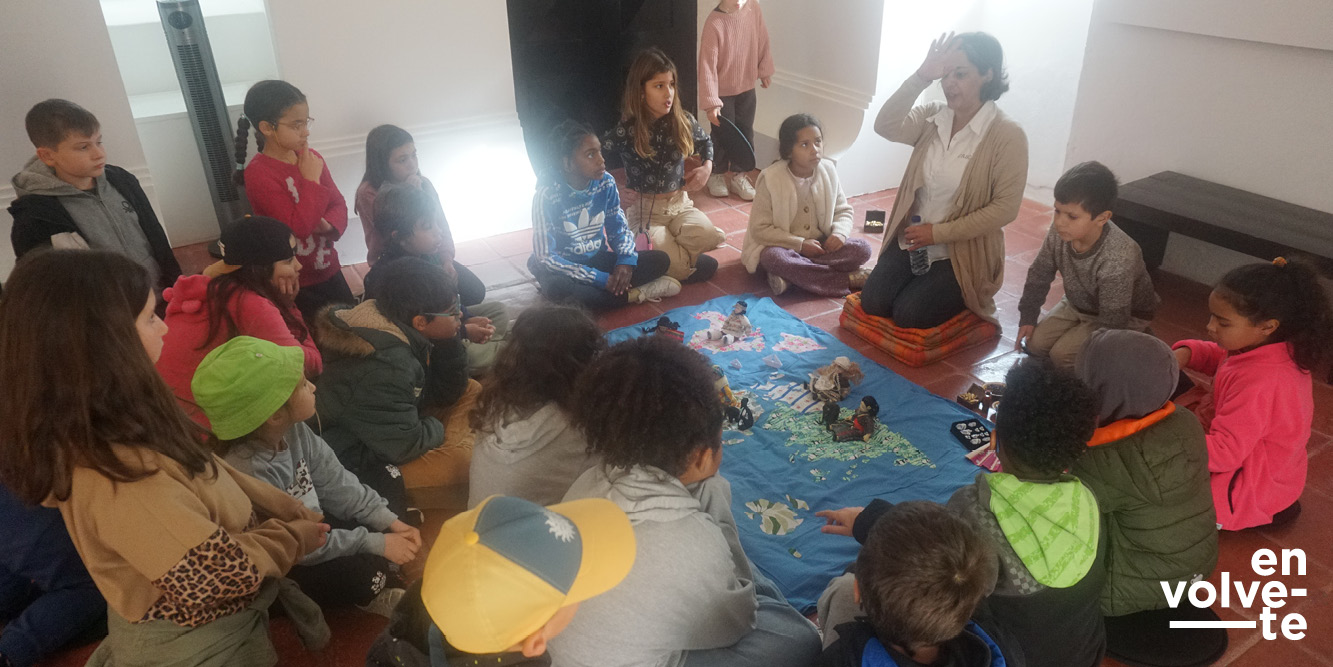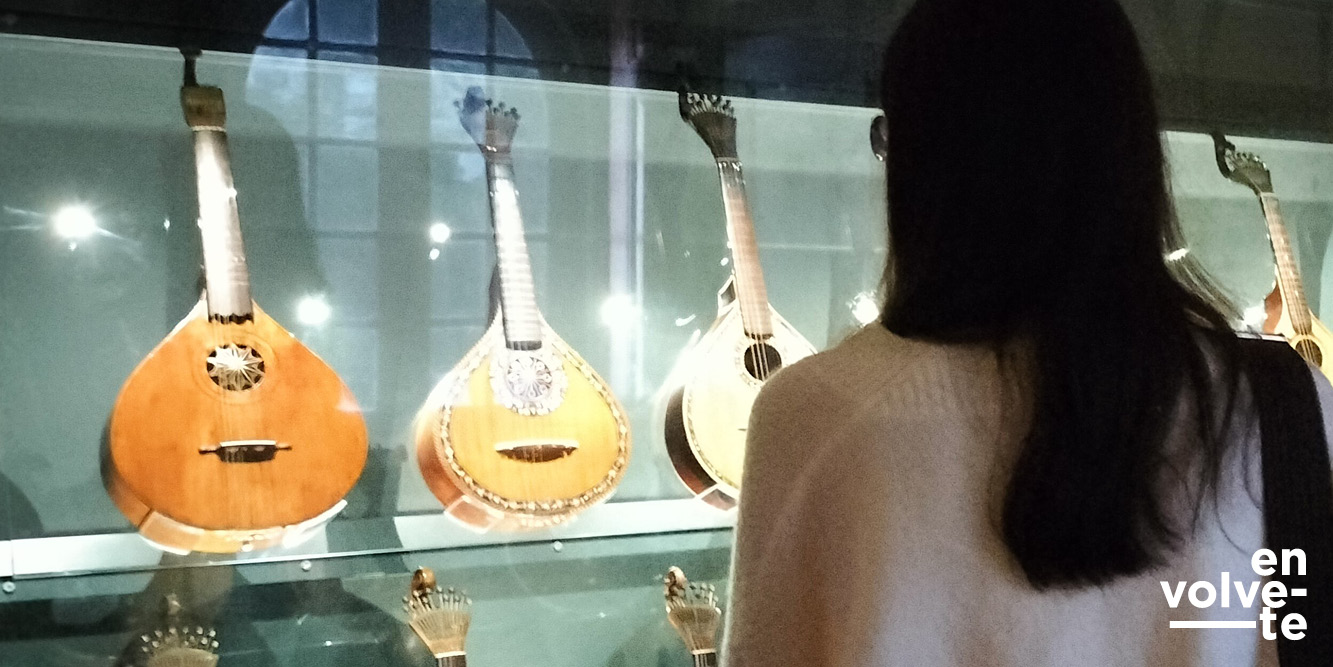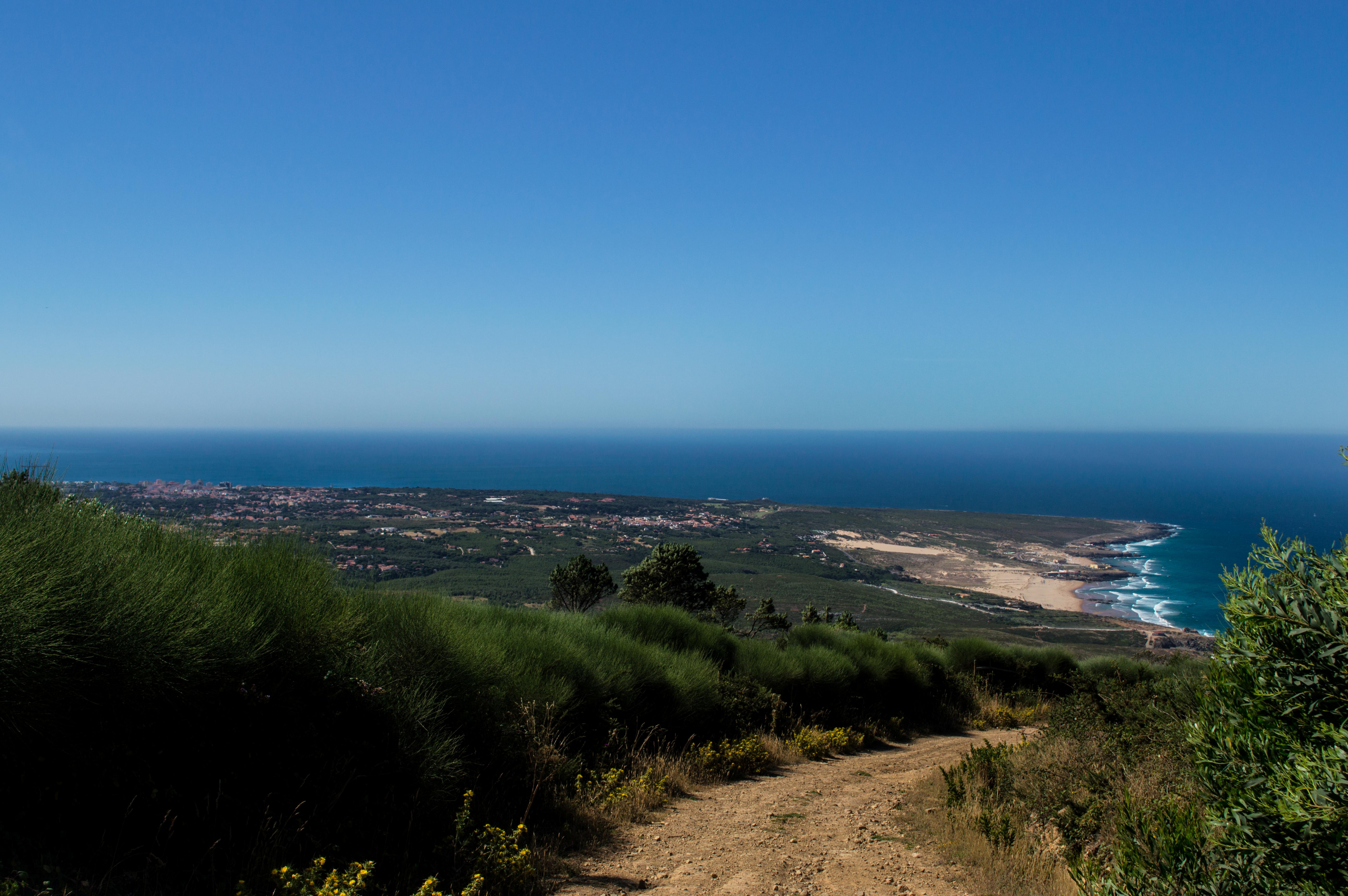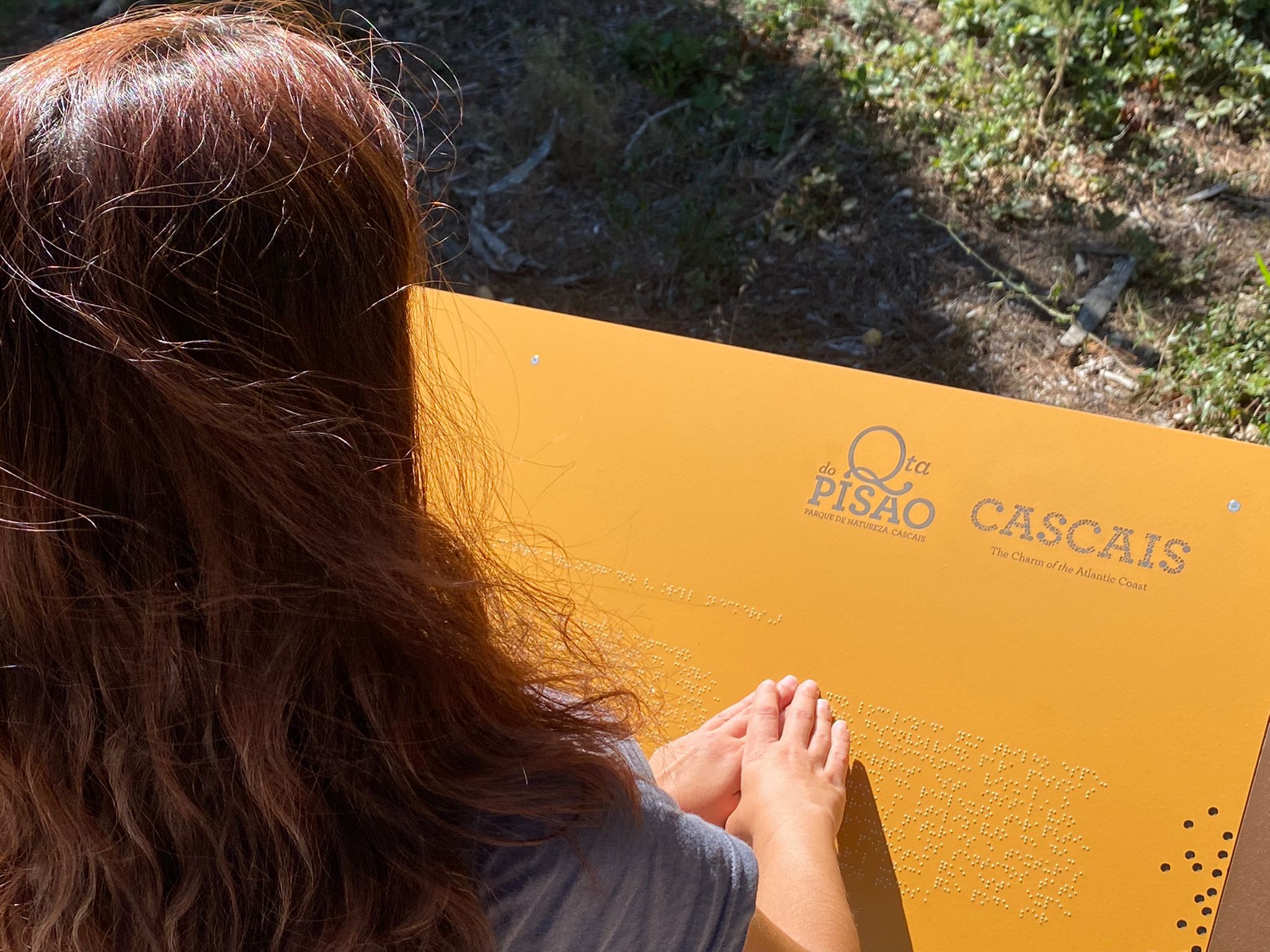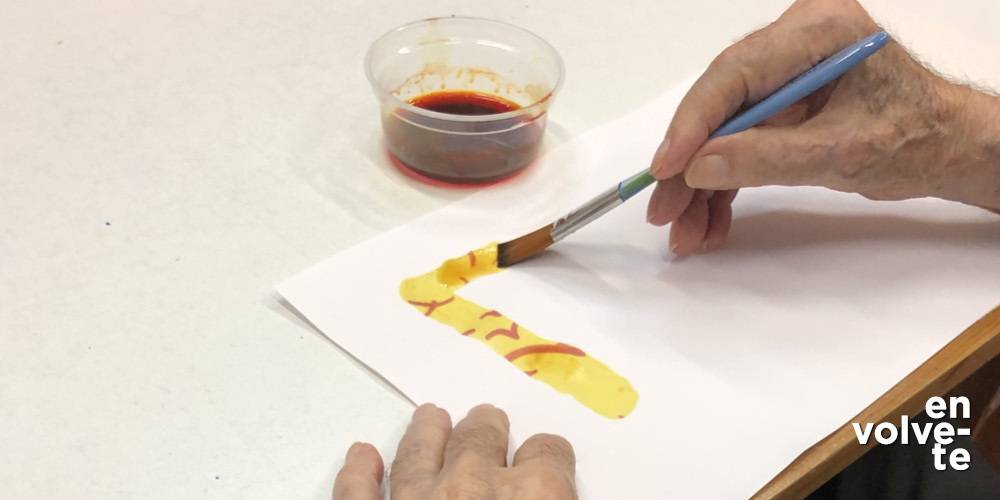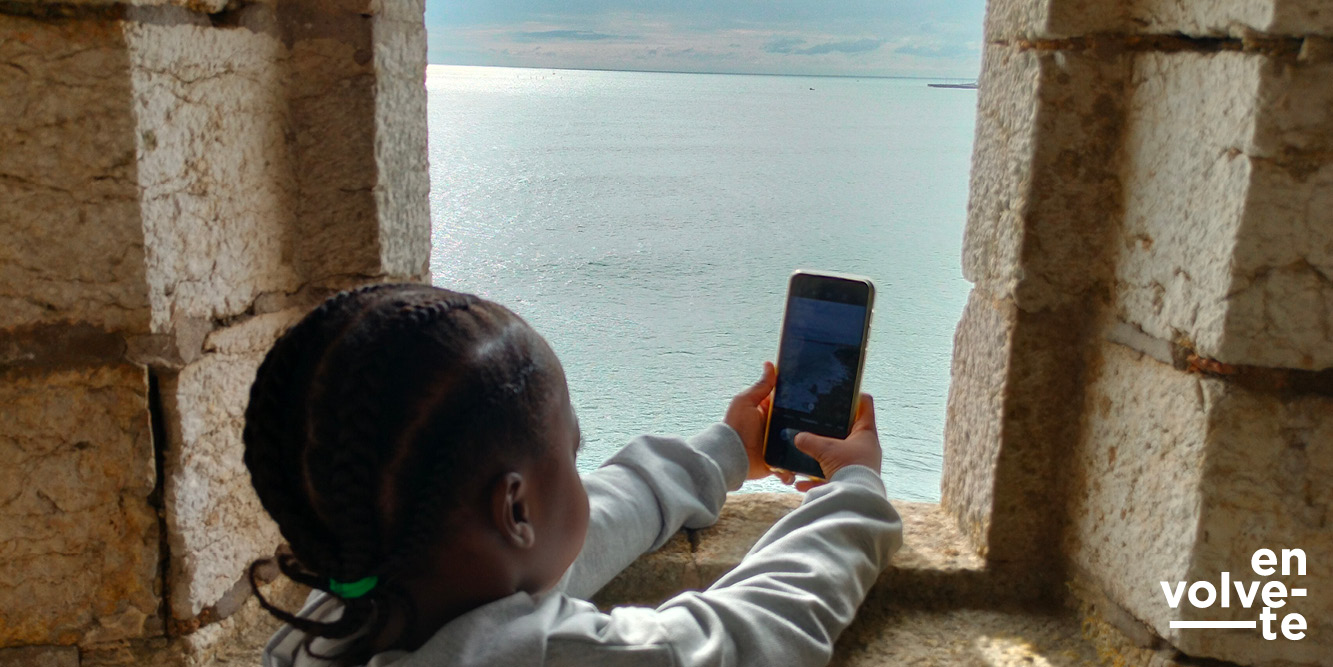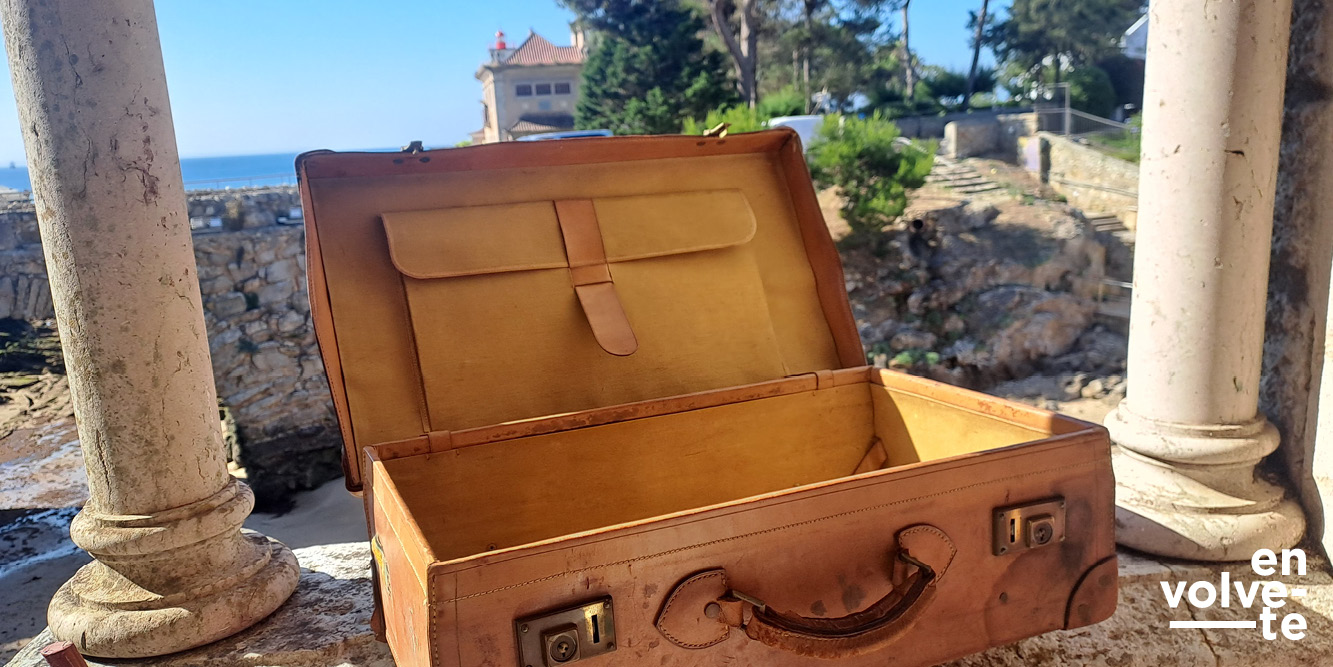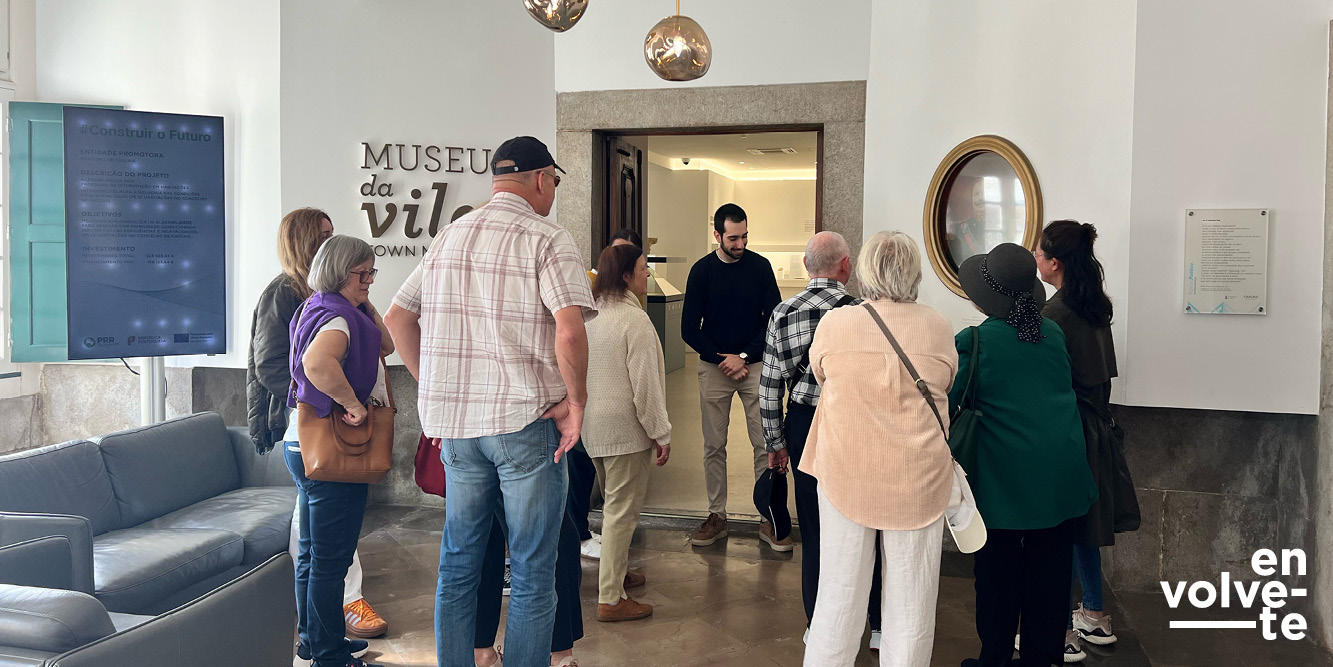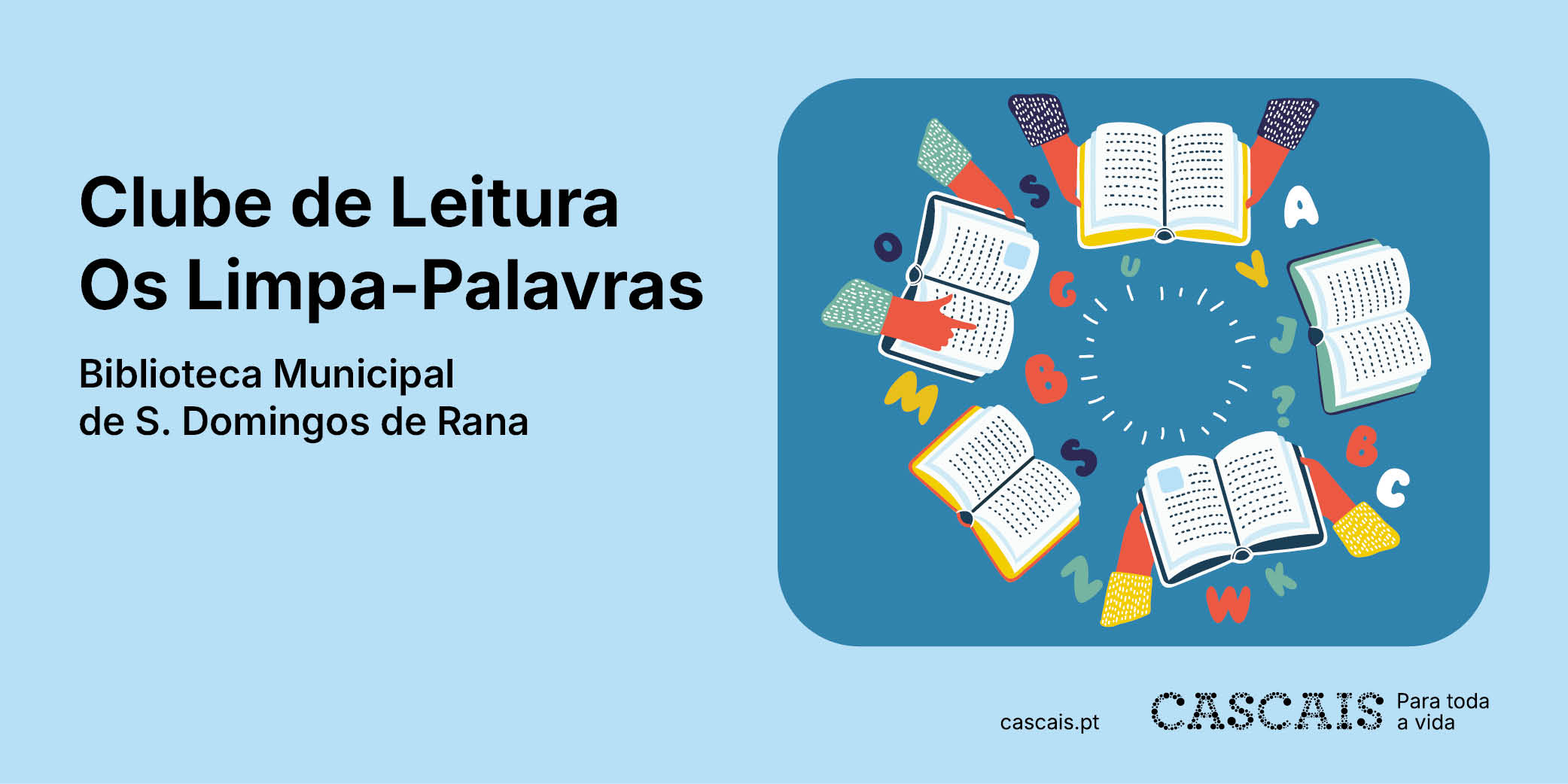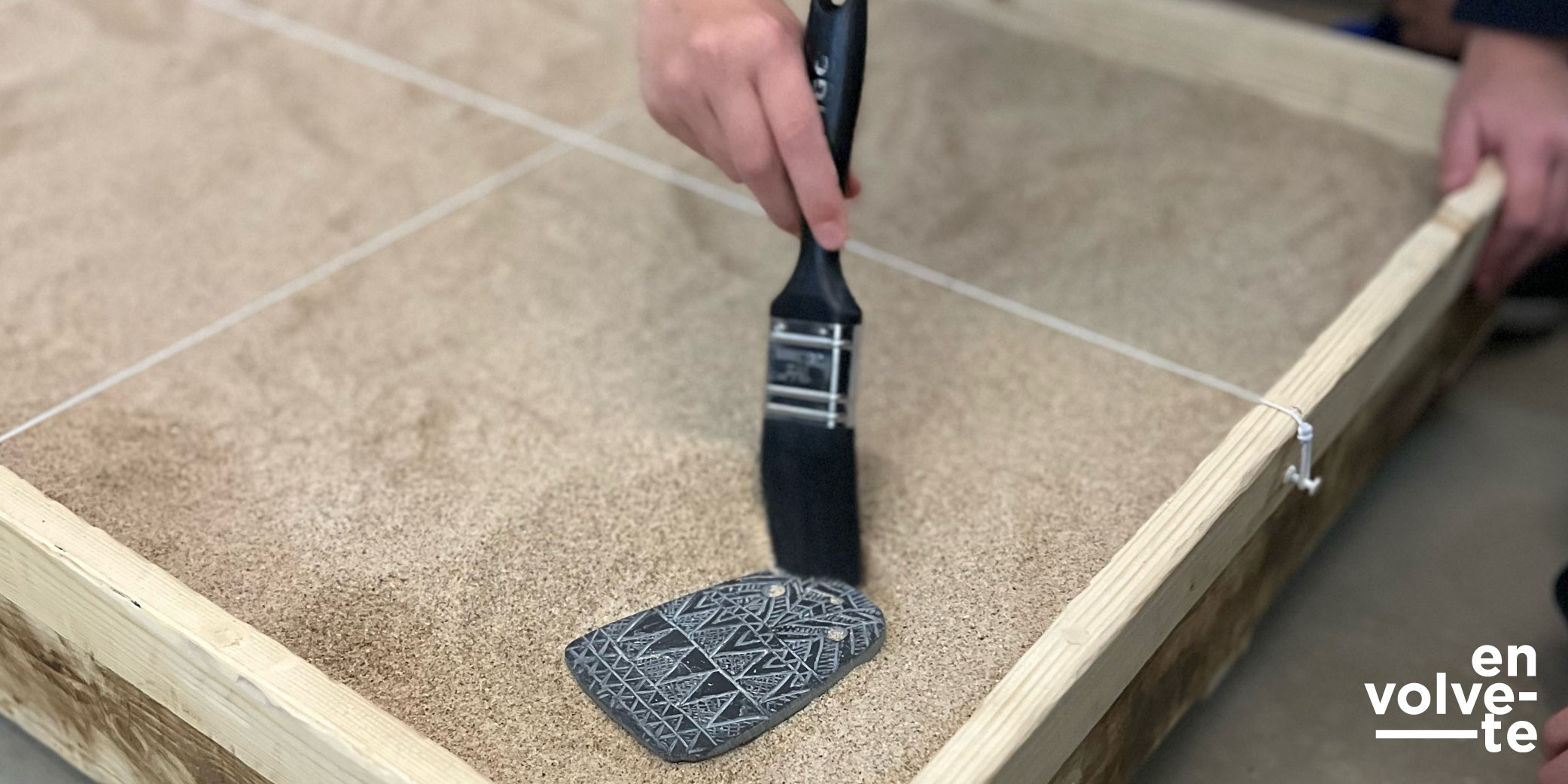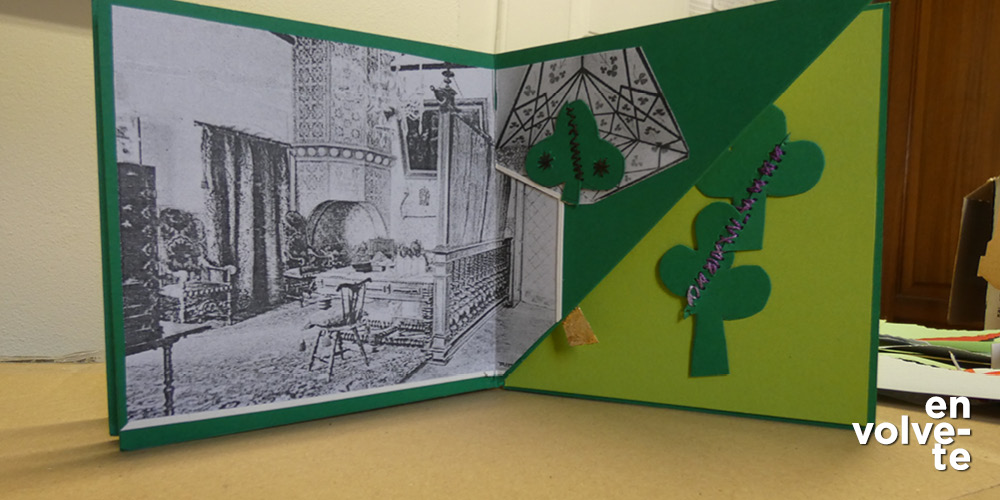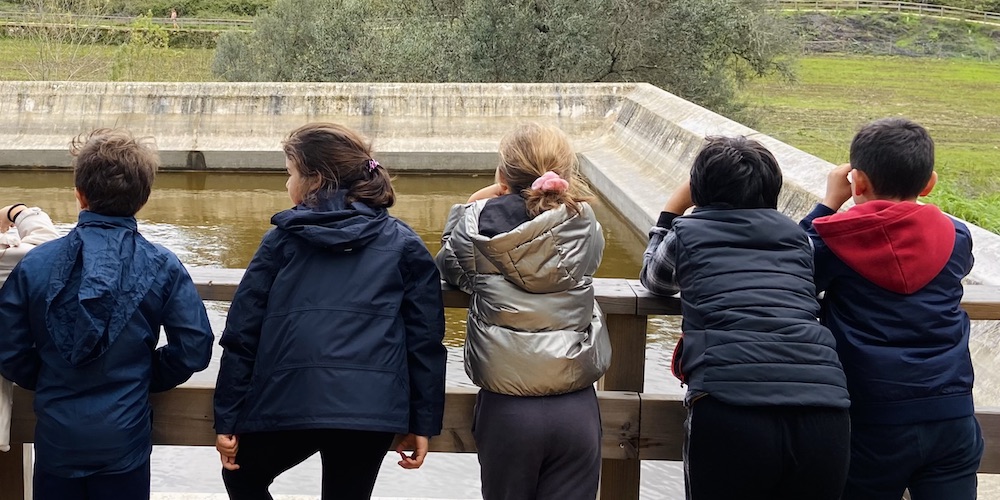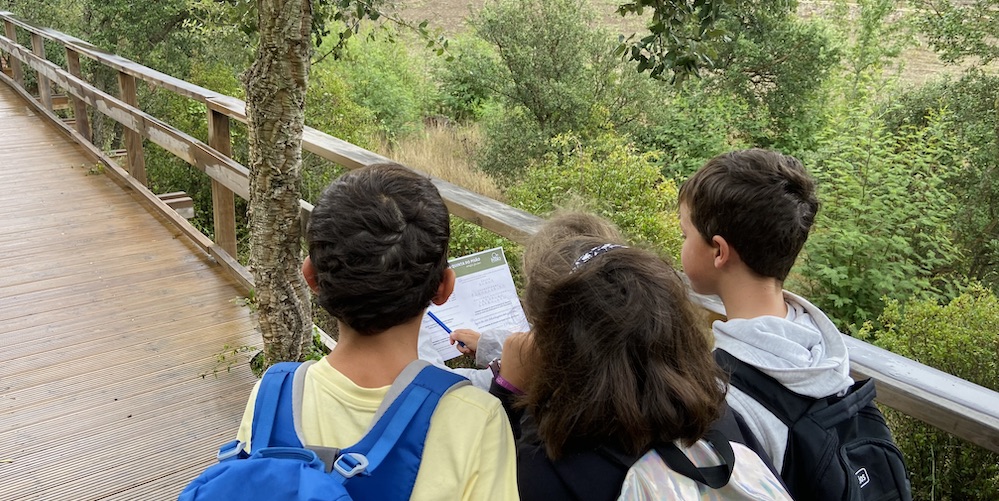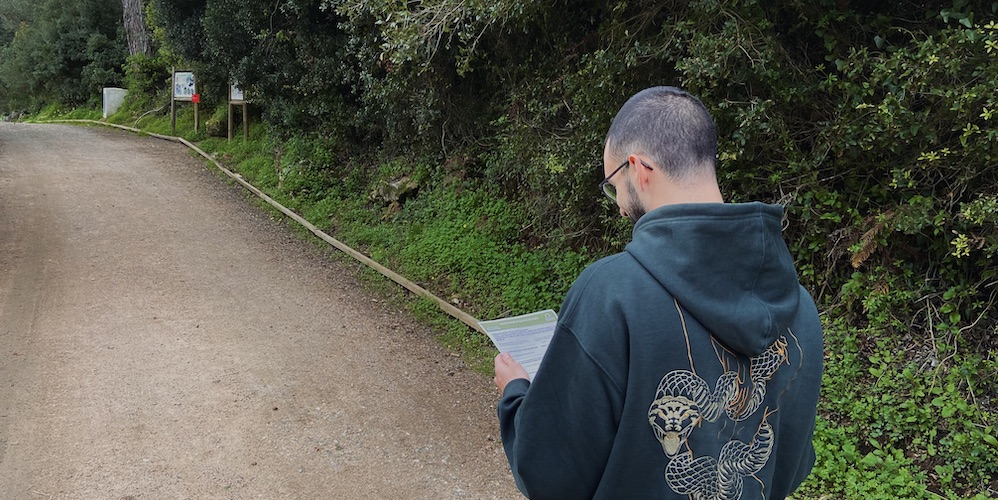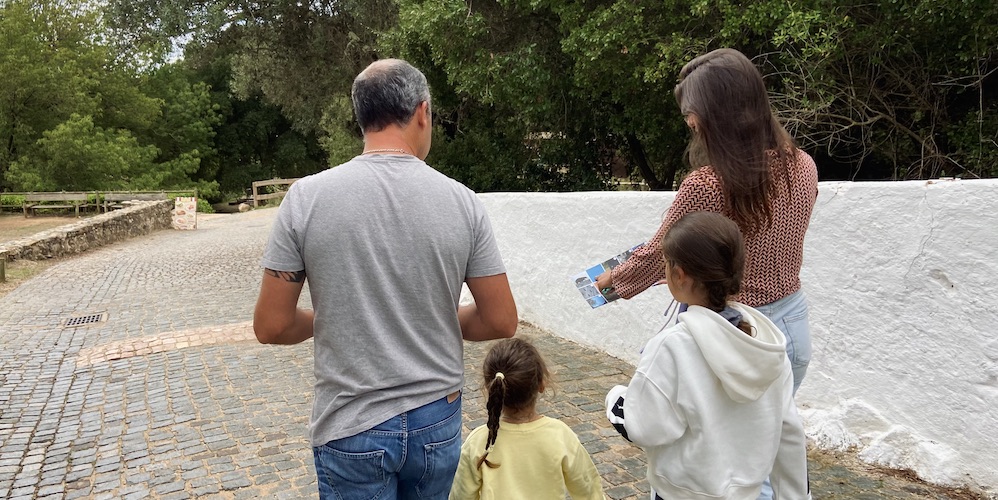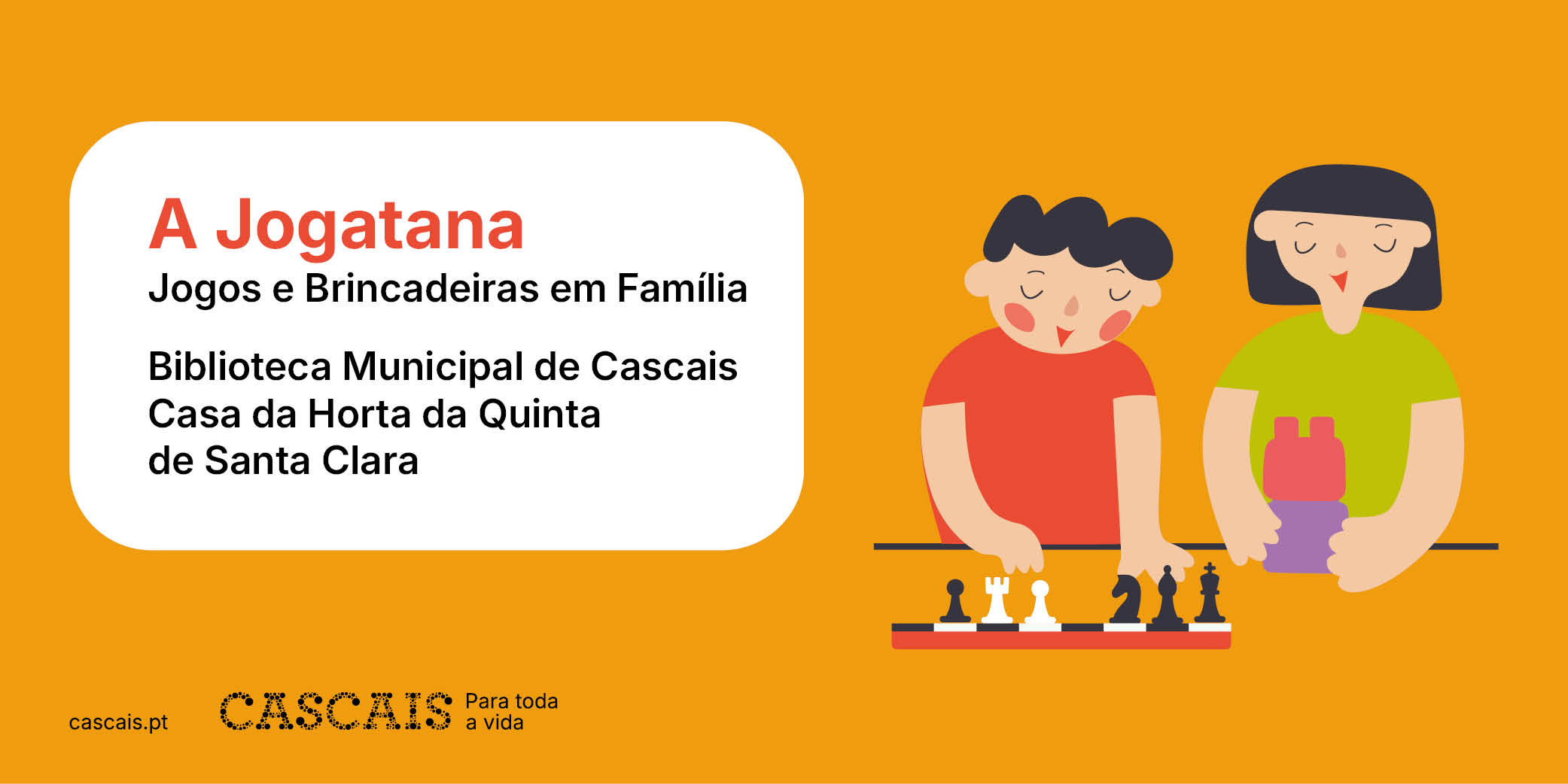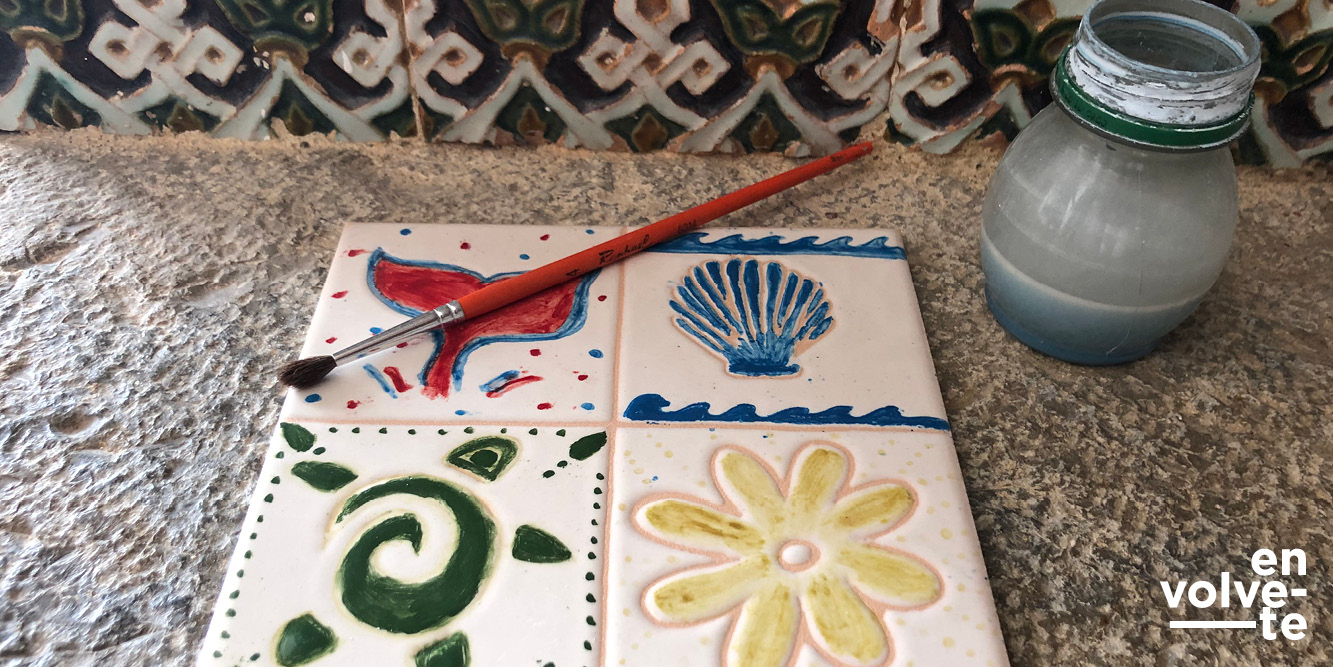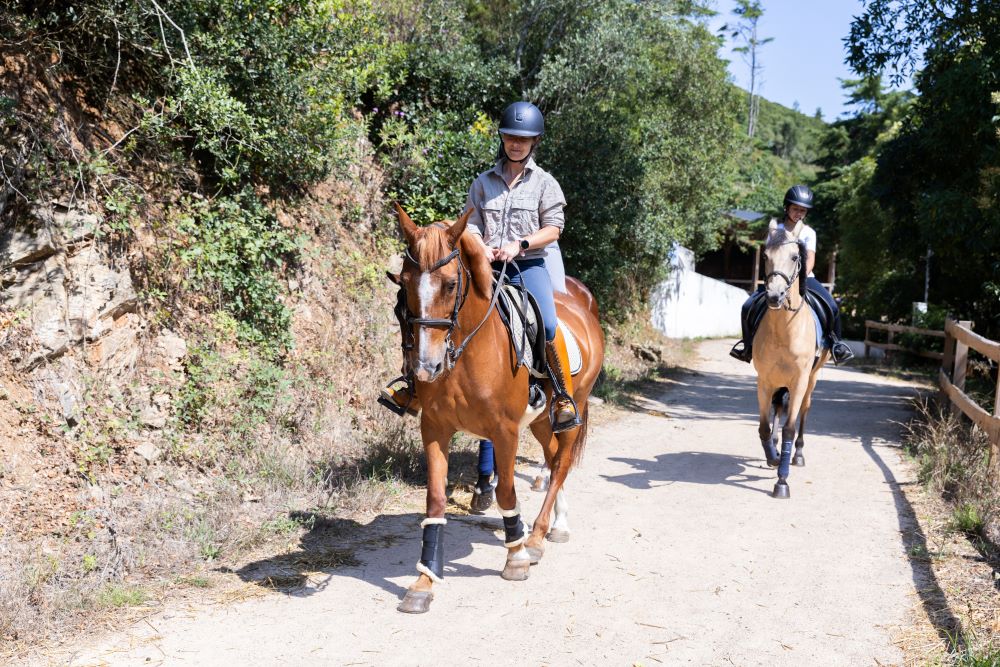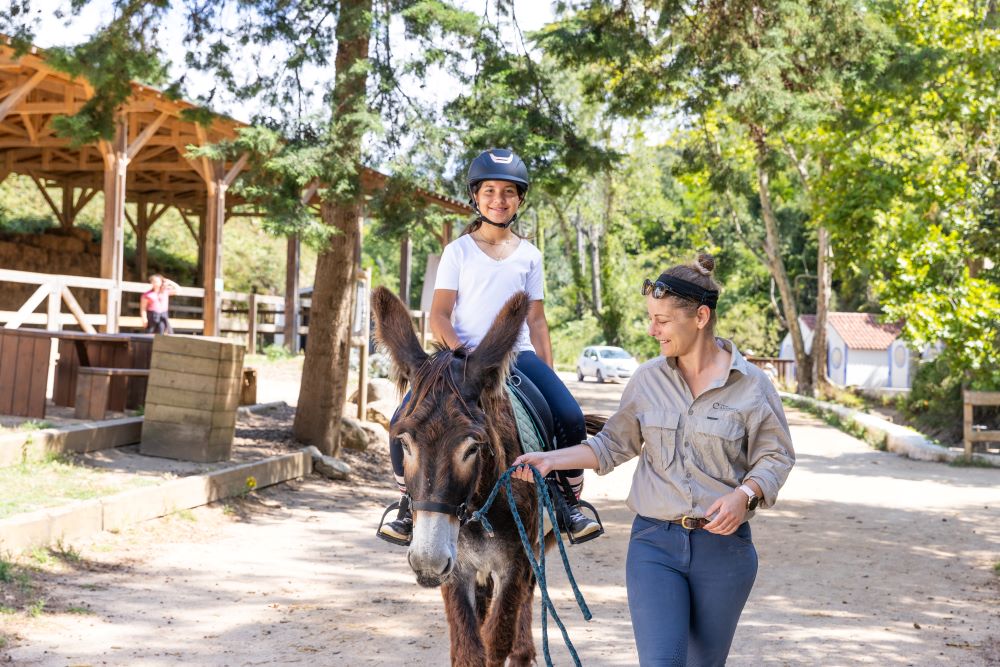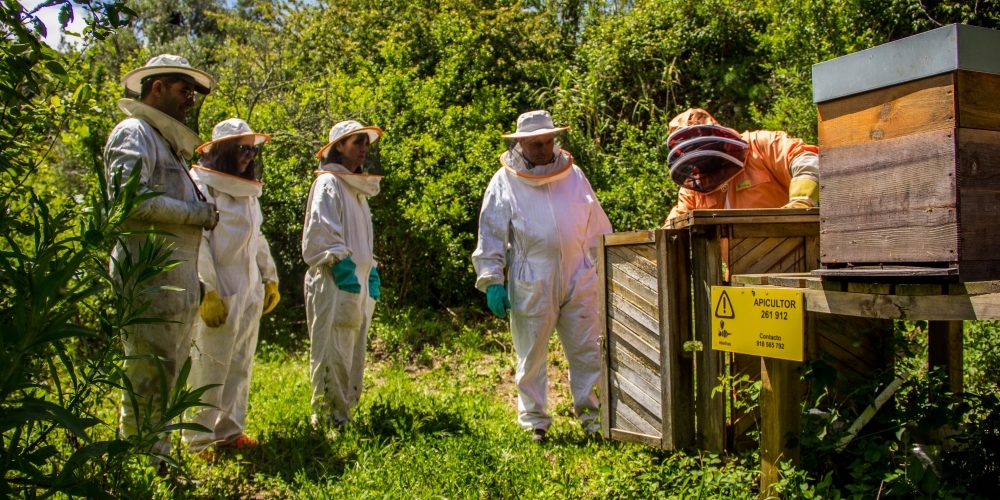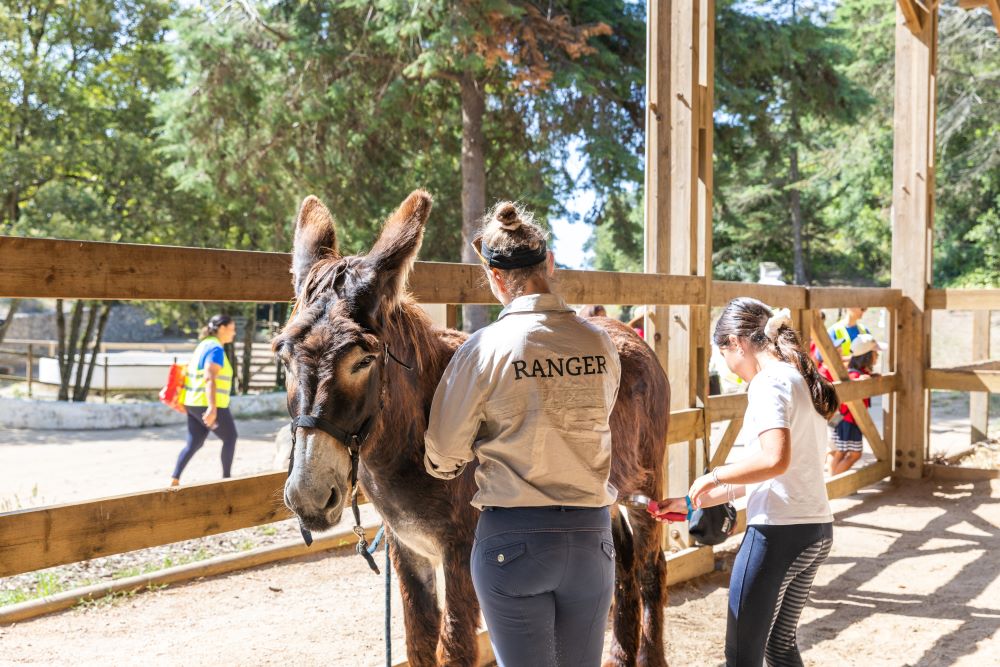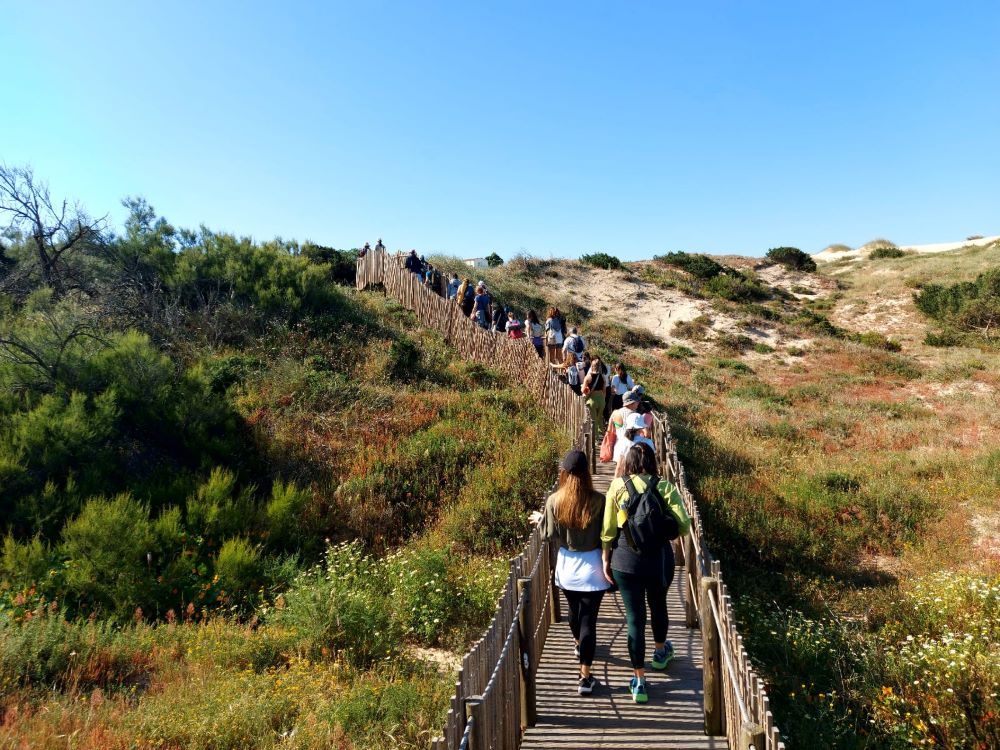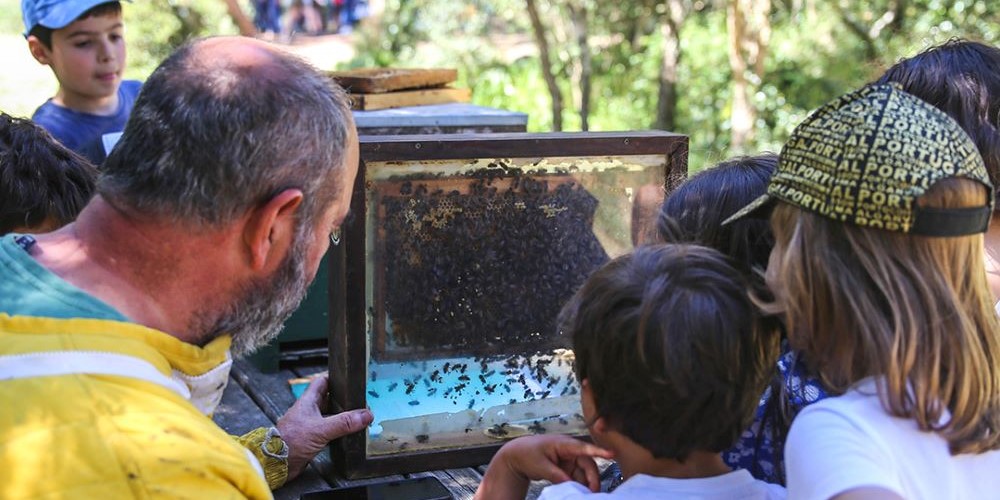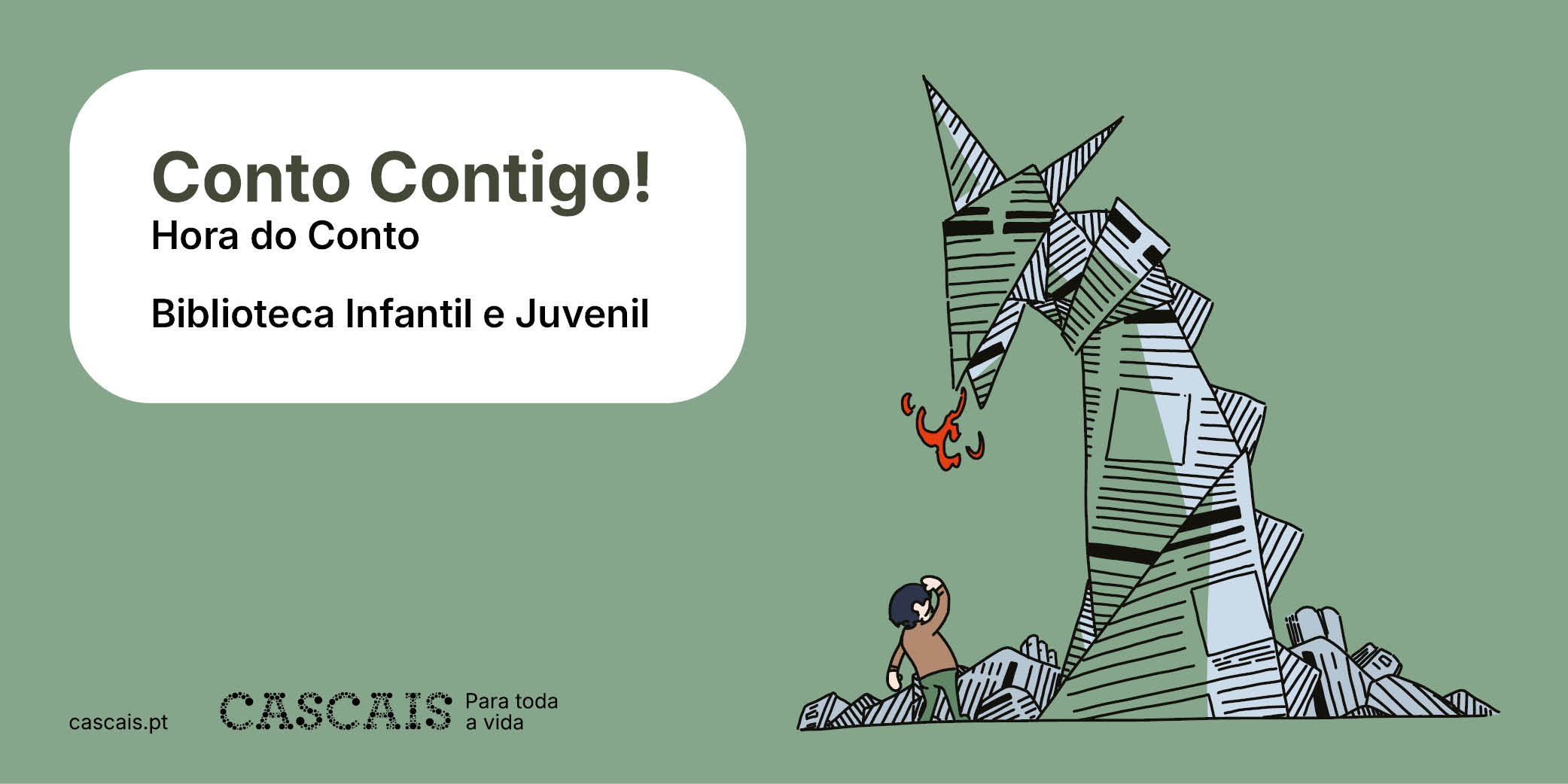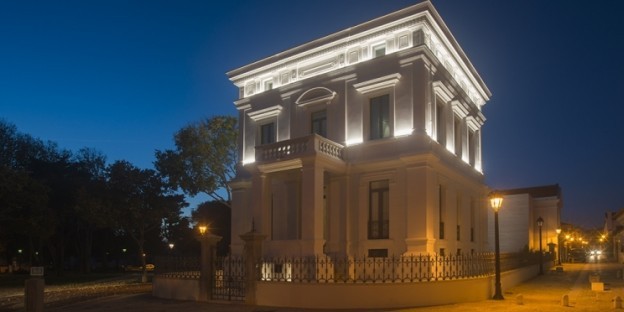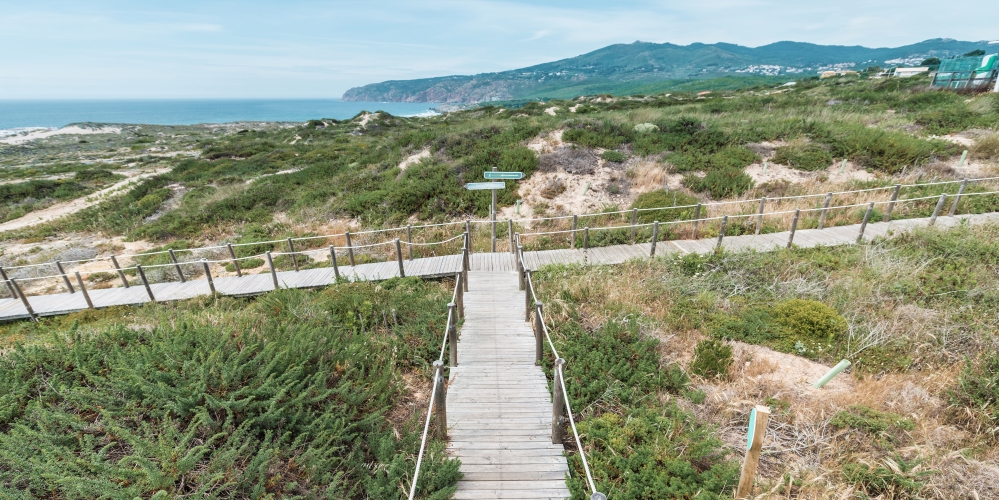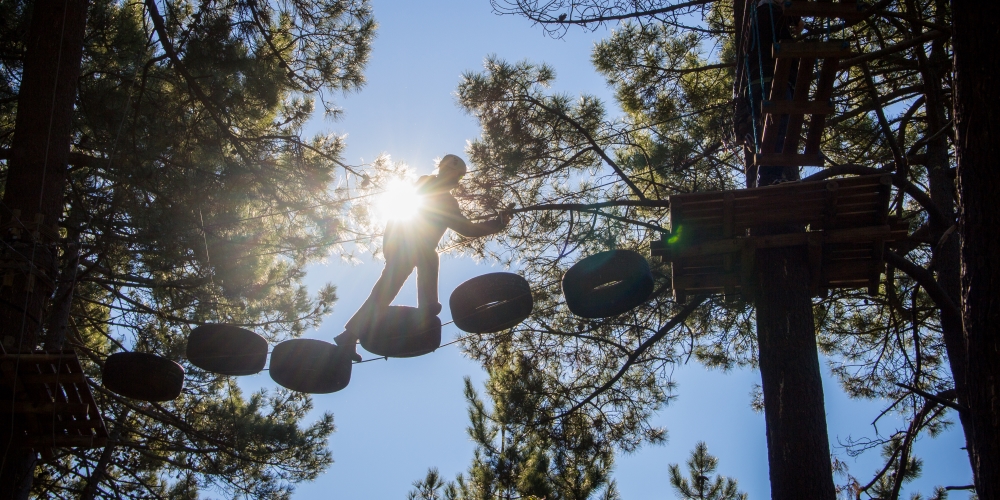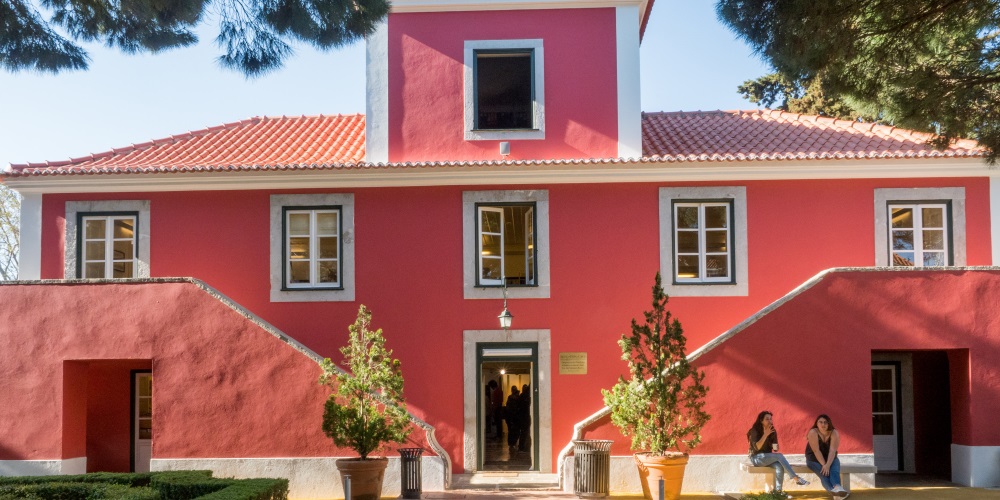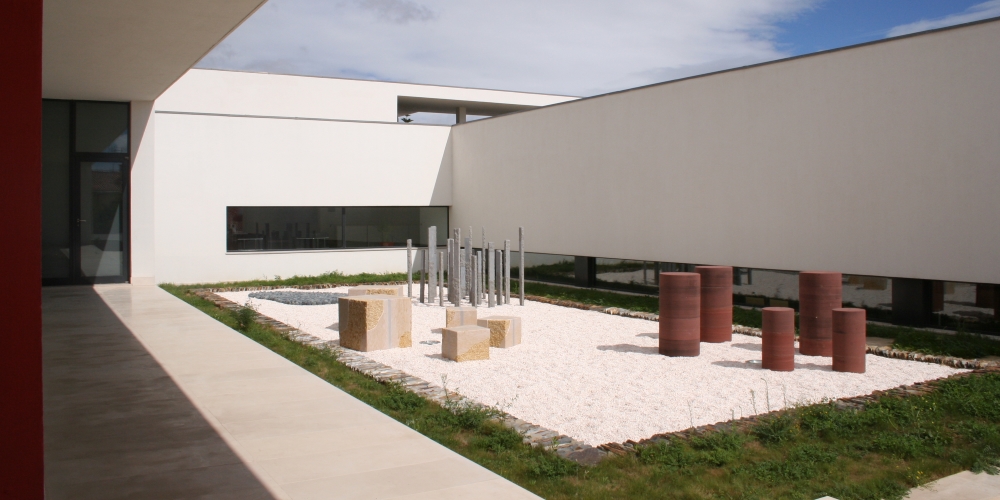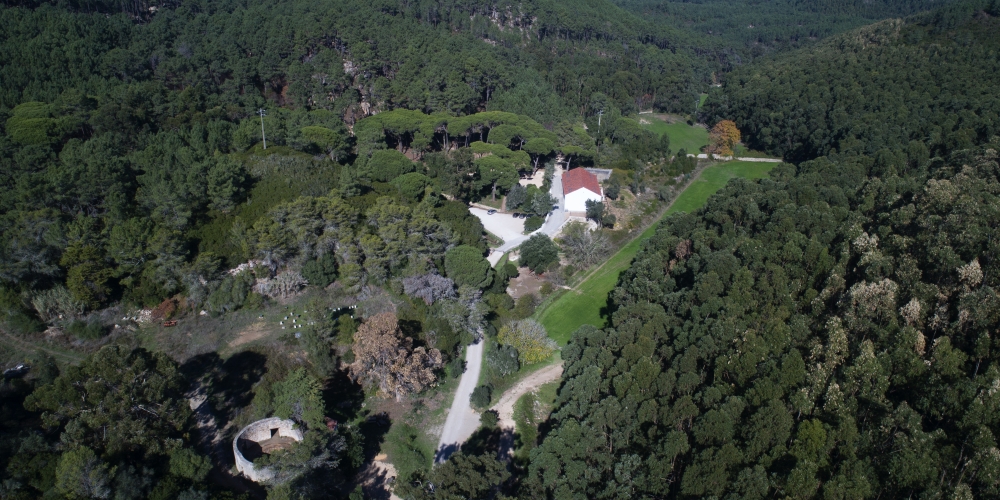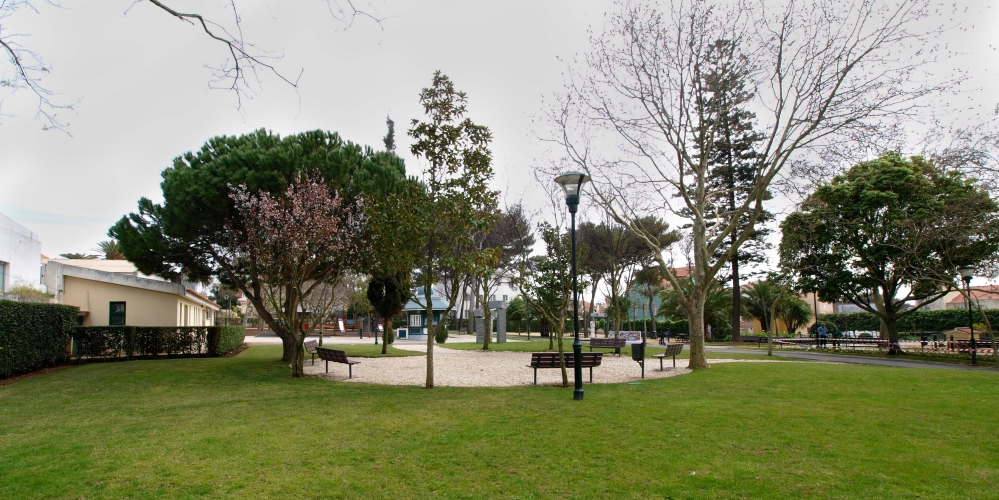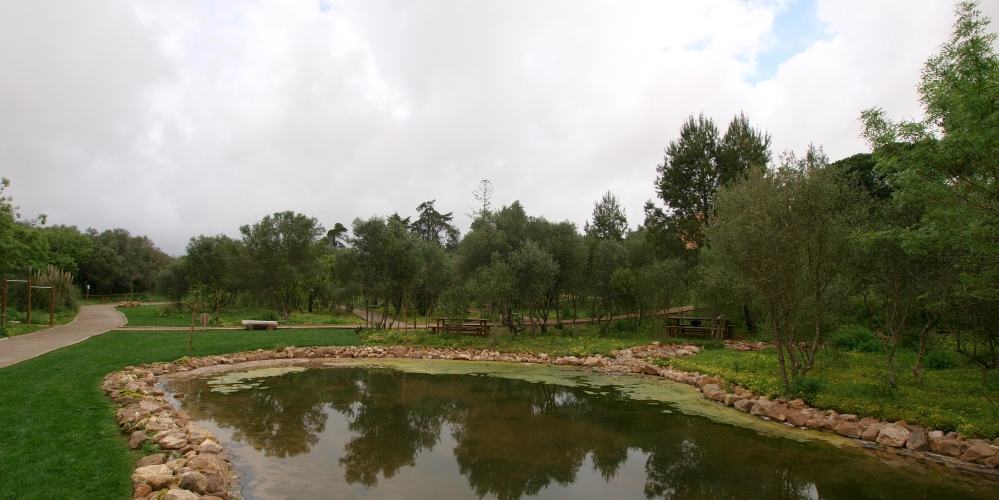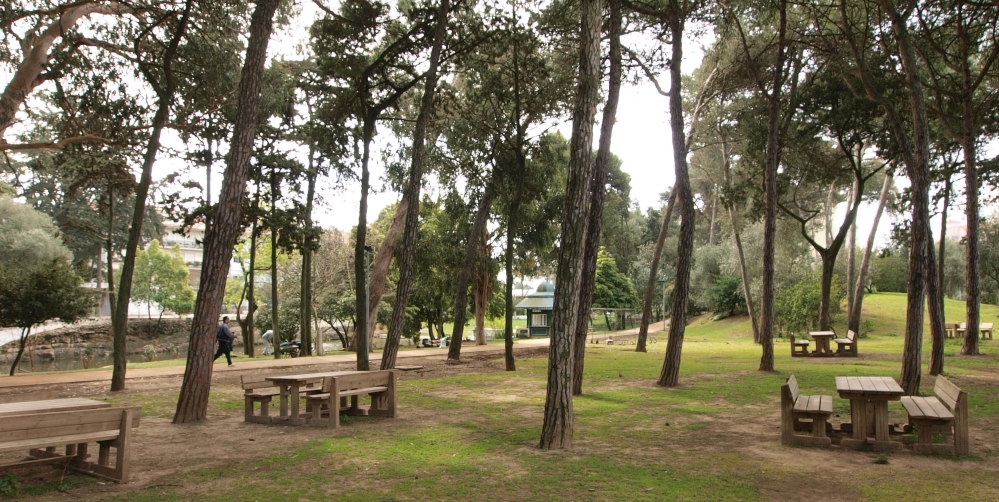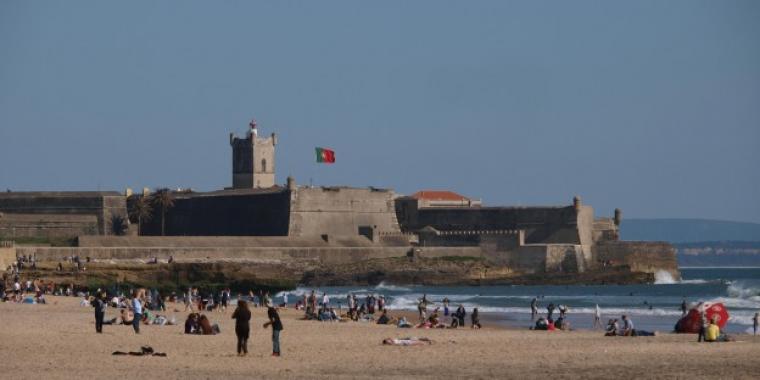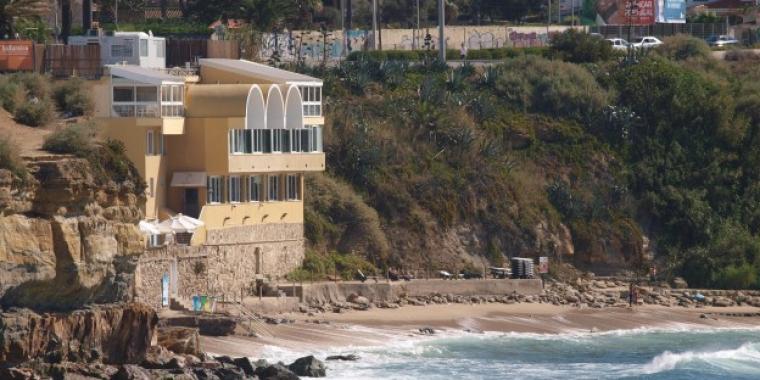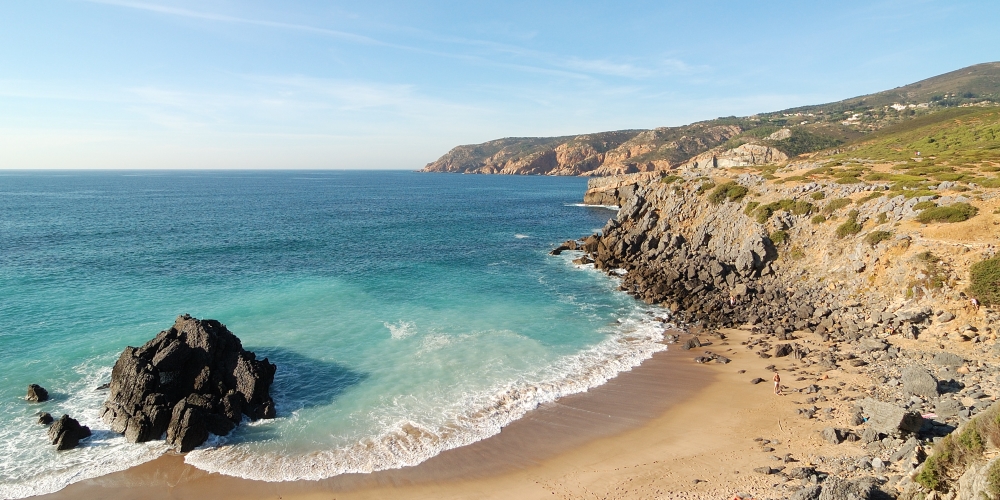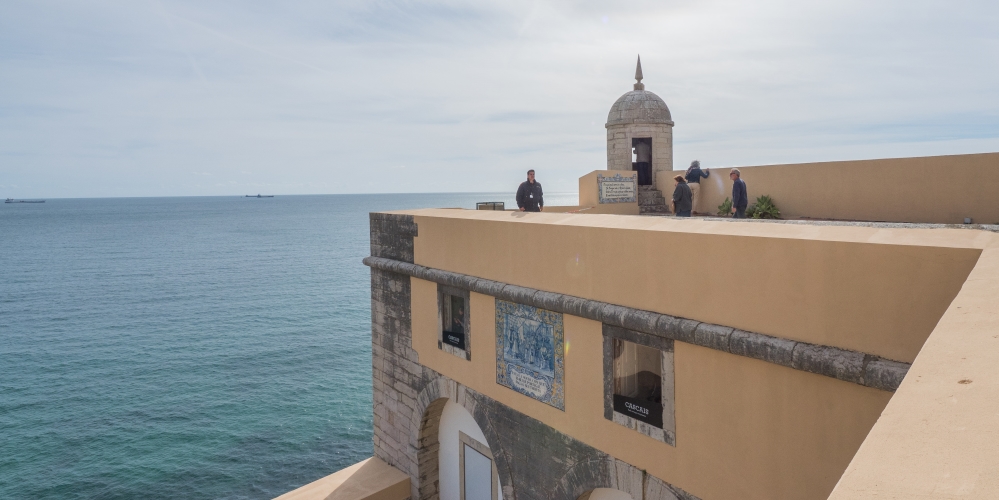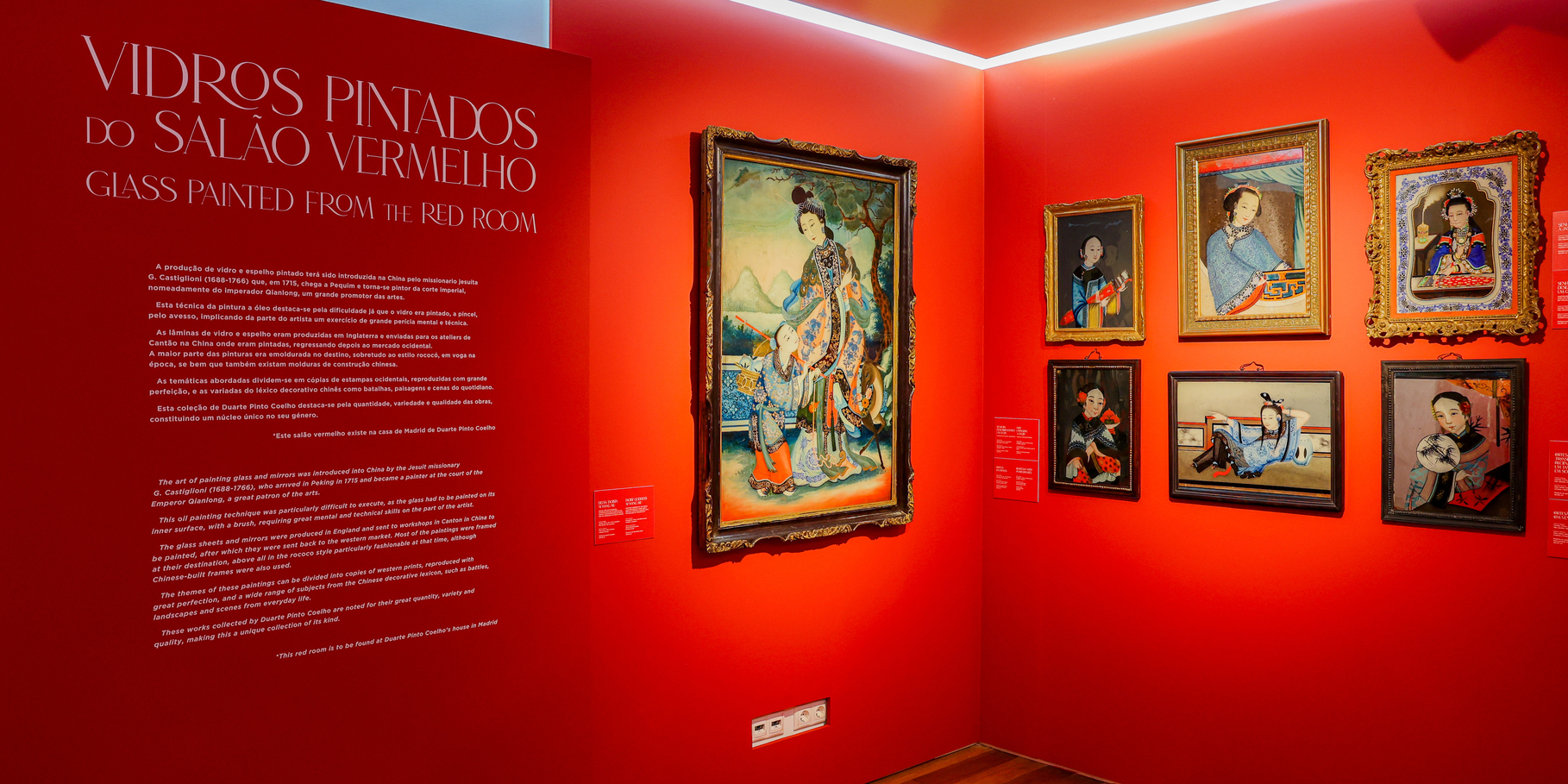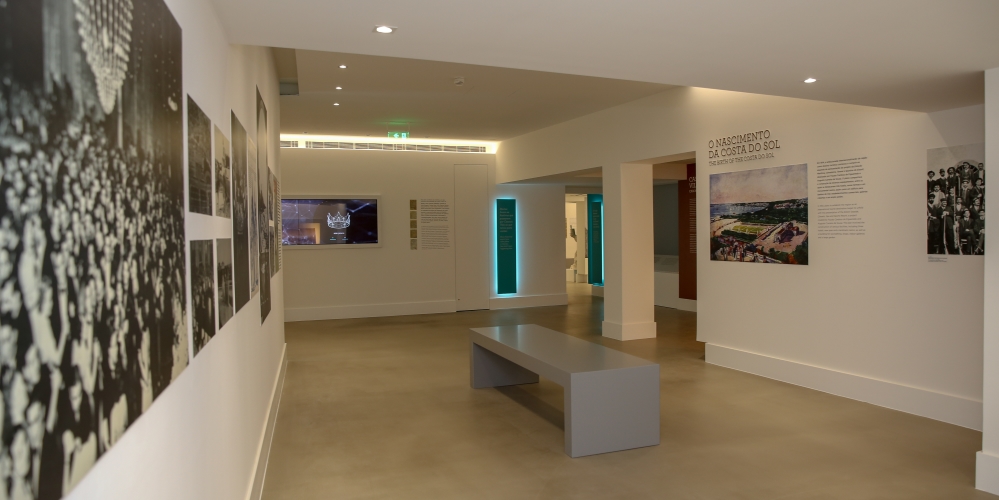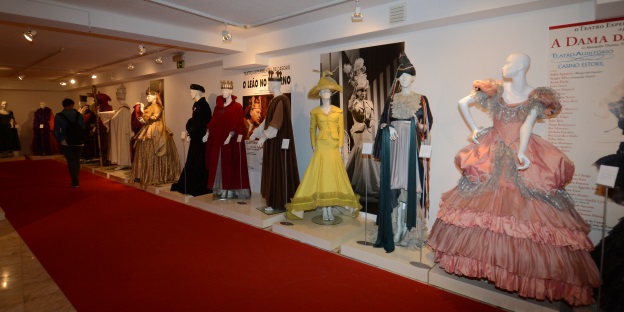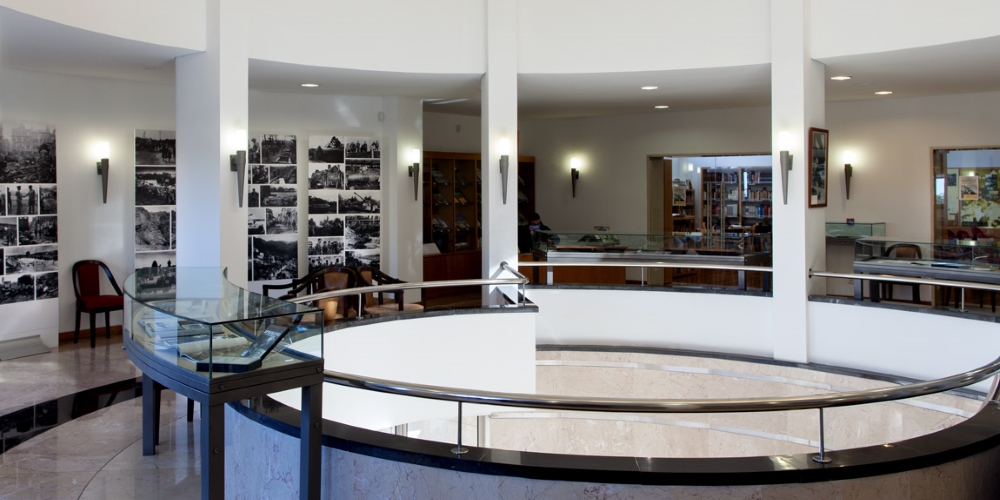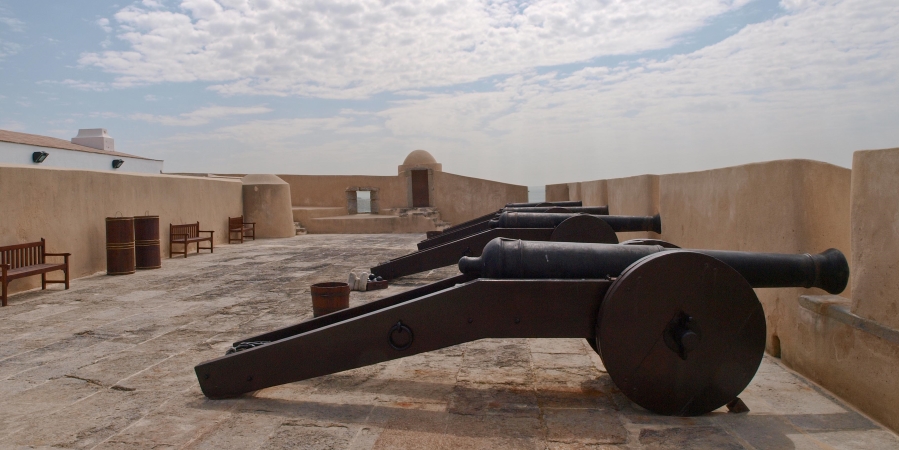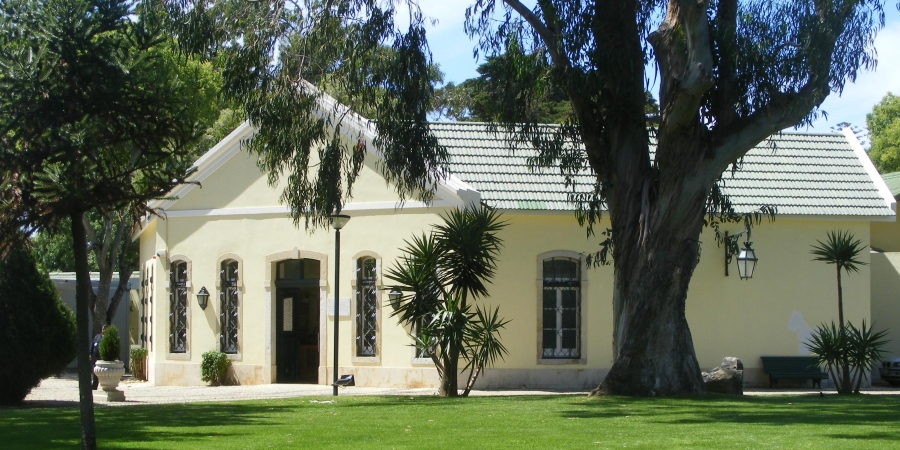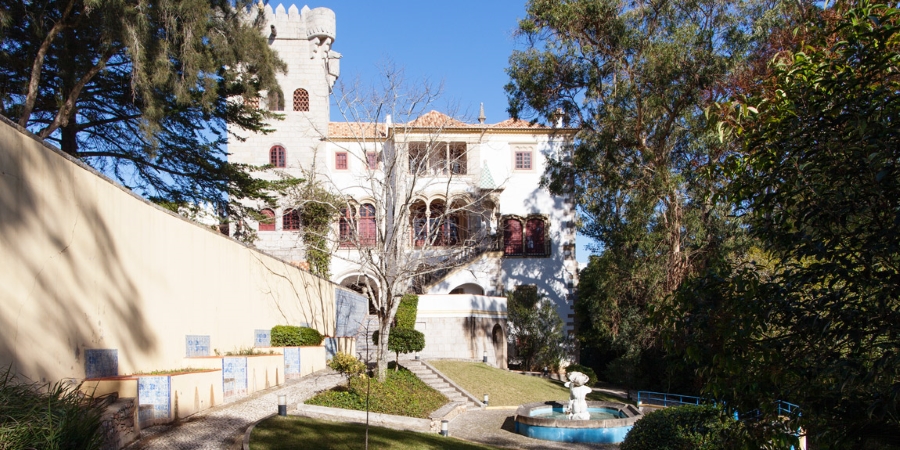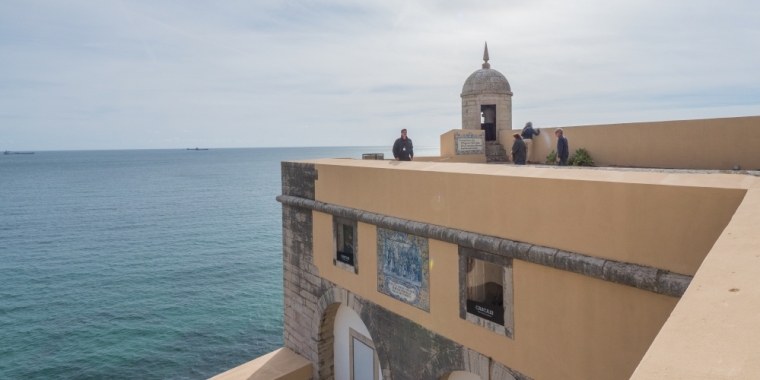Sto. António da Barra Fort
In S. João do Estoril, accessible via Av. Marginal, the Santo António da Barra Fort is open to the public on weekends and public holidays.
In S. João do Estoril, accessed from the Marginal Avenue, the Fort of Santo António da Barra is open to the public at weekends and on public holidays.
The ease of landing in Cascais and the march of the troops commanded by the Duke of Alba, during the invasion of 1580, demonstrated some weaknesses in the defense system of Barra do Tejo. At the end of 1589, King Philip I of Portugal ordered the construction of a fortress between Cascais and S. Julião da Barra to be included in Lisbon's defense plans.
Artillery fire could also stop enemy ships trying to reach Lisbon via the “barra pequena”, the channel closest to land. The project for the Fortress of Santo António da Barra - so named after the Franciscan monastery of Estoril - was entrusted to the Italian engineer Friar Vicêncio Casale.
On December 23, 1589, he informed the monarch, now Philip II of Portugal, that he had selected the ideal location to “take the landing and drinking water away from the enemy” and prevent them from passing through the “channel to wait for the tide and the proper wind”. Although he initially proposed the construction of a small fortification, he ended up opting for a reasonably large one, with four angular bastions, placing the larger ones on the land side.
Along the inside faces of the bastions facing the sea, a rectangular walled construction was developed, where the low battery was installed and the entrance to the fortified enclosure was organized, torn in the southeast wall of the wall, preceded by a drawbridge. The soldiers' barracks and warehouses were set up inside and in the center of the bastioned structure. They were distributed over two oblong buildings, separated by a covered wing, at the end of which was a chapel. The whole structure was protected by a wide moat on the sides facing the land, since the battery was on the rocky escarpment facing the sea. On February 16, 1591, the fortification was ready to “bring in people and artillery”.
After the restoration of independence in 1640, D. António de Meneses, Count of Cantanhede, who was responsible for reorganizing and reinforcing the defensive system of Barra do Tejo, described the state of conservation of the fort as “miserable”, due to the ruin of some of its structures. Even so, it was operational with three 36-caliber cannons, an 18-caliber colubrina and two 10-caliber half colubrinas, all made of bronze.
In 1681, 46 soldiers were in service, in addition to the governor. However, the number of soldiers tended to decrease until the first quarter of the 19th century, when there was only one corporal and six soldiers. The same happened with firepower, as only two to four pieces remained of the 15 to 18 artillery pieces it had during the 18th century.
Damaged by the earthquake of November 1, 1755, the fortification underwent restoration work in 1762-63, as part of Portugal's participation in the Seven Years' War.
It was also under renovation in 1831. In 1889 it became home to a tax guard post and in 1915 it housed the summer camp of the Odivelas Women's Institute of Education and Work, which remained there until 2015.
From 1950 onwards, it was also chosen as a seasonal residence by the President of the Council of Ministers, António de Oliveira Salazar. On August 3, 1968, the famous fall from the chair took place there, which conditioned him physically and intellectually and led to his death two years later.
The Fortress of Santo António da Barra was classified as a Monument of Public Interest by Decree no. 129/77 of September 29.
On March 13, 2018, Cascais Municipal Council signed a cooperation agreement with the Ministry of National Defense for the use of the fort for a period of one year to clean, streamline and guarantee the integrity of the property.
Activities being carried out by the Cultural and Educational Service:
"Histórias d'Aquém e d'Além-mar",
Forte de Santo António da Barra | From past to present
